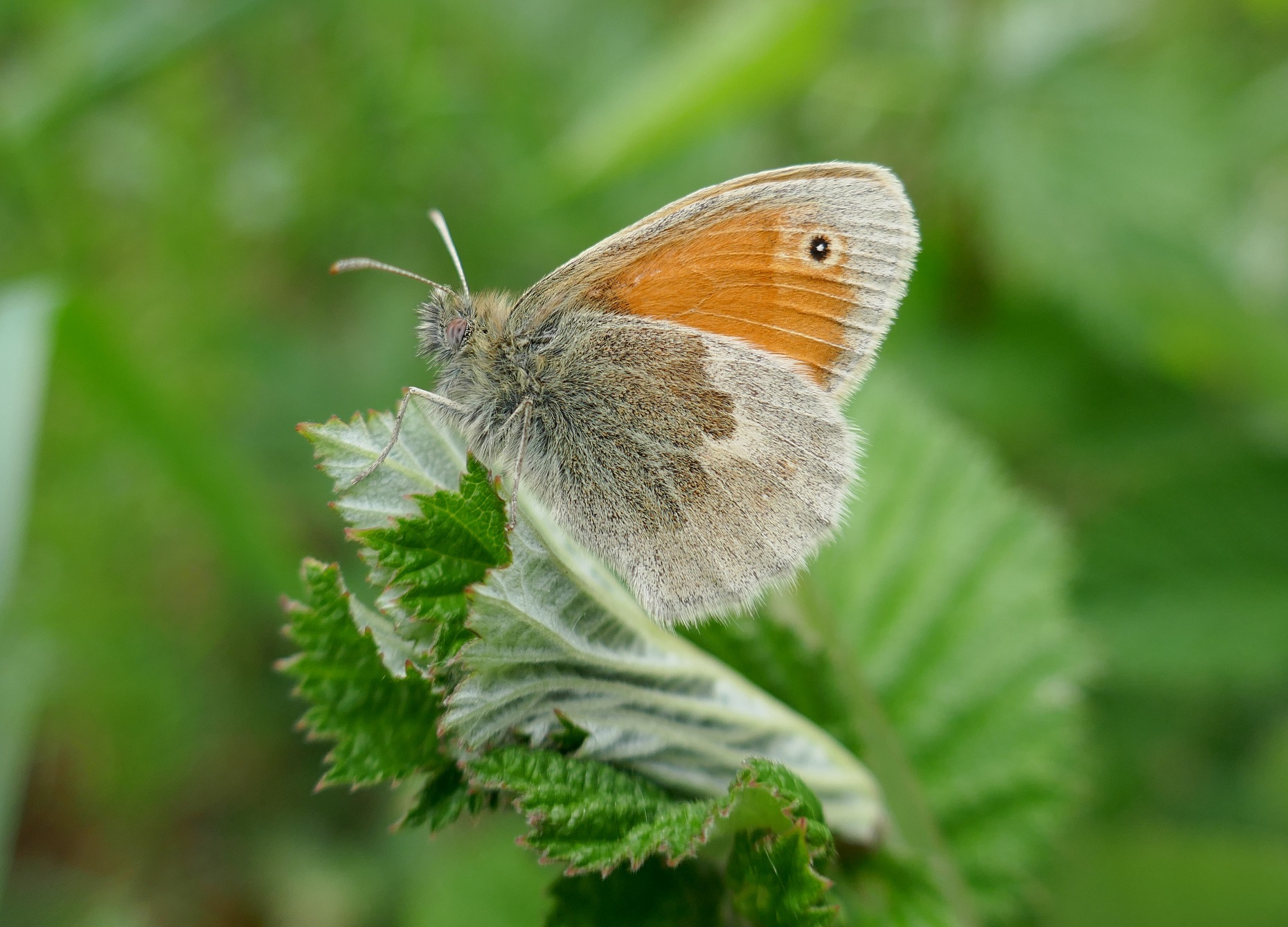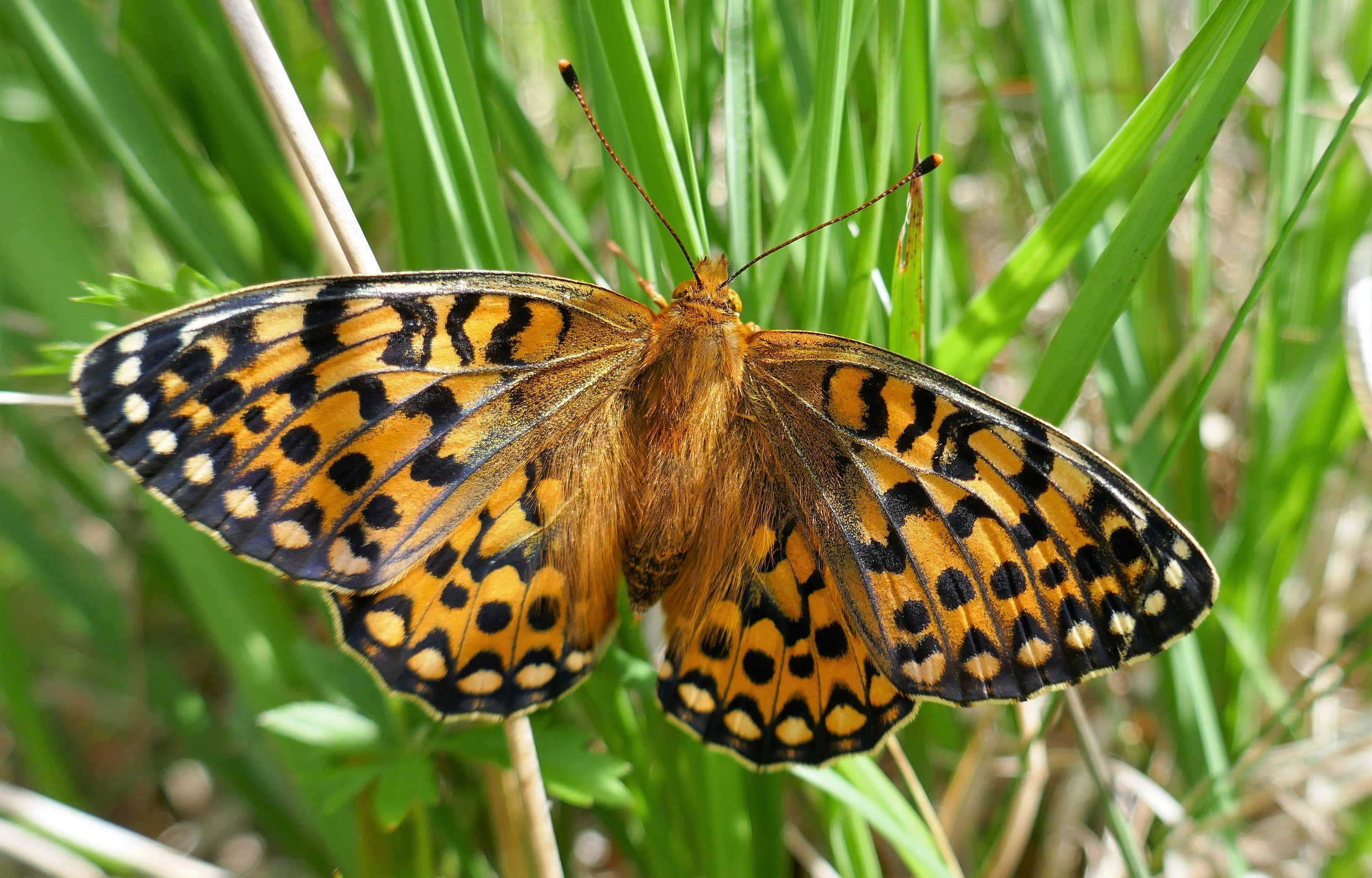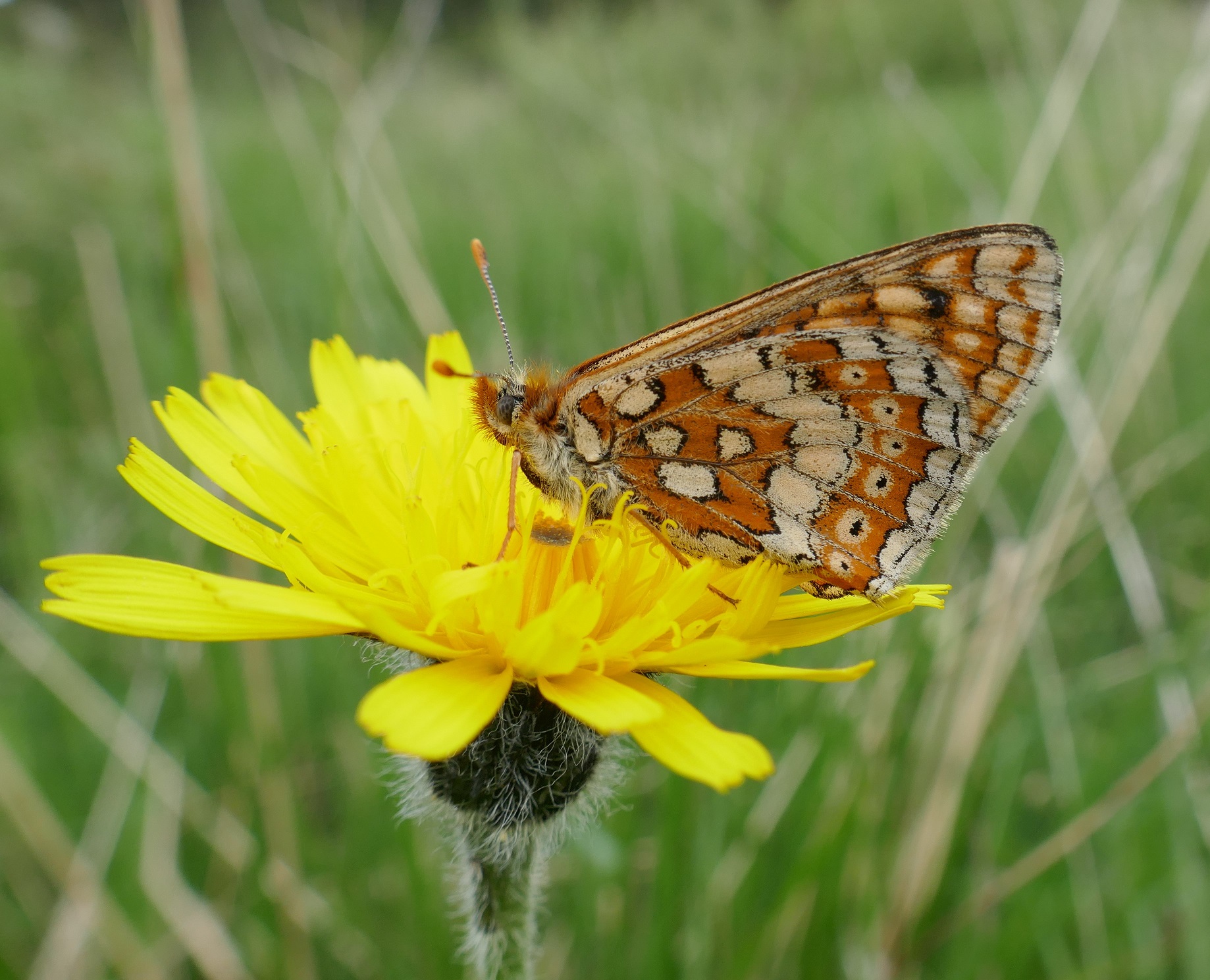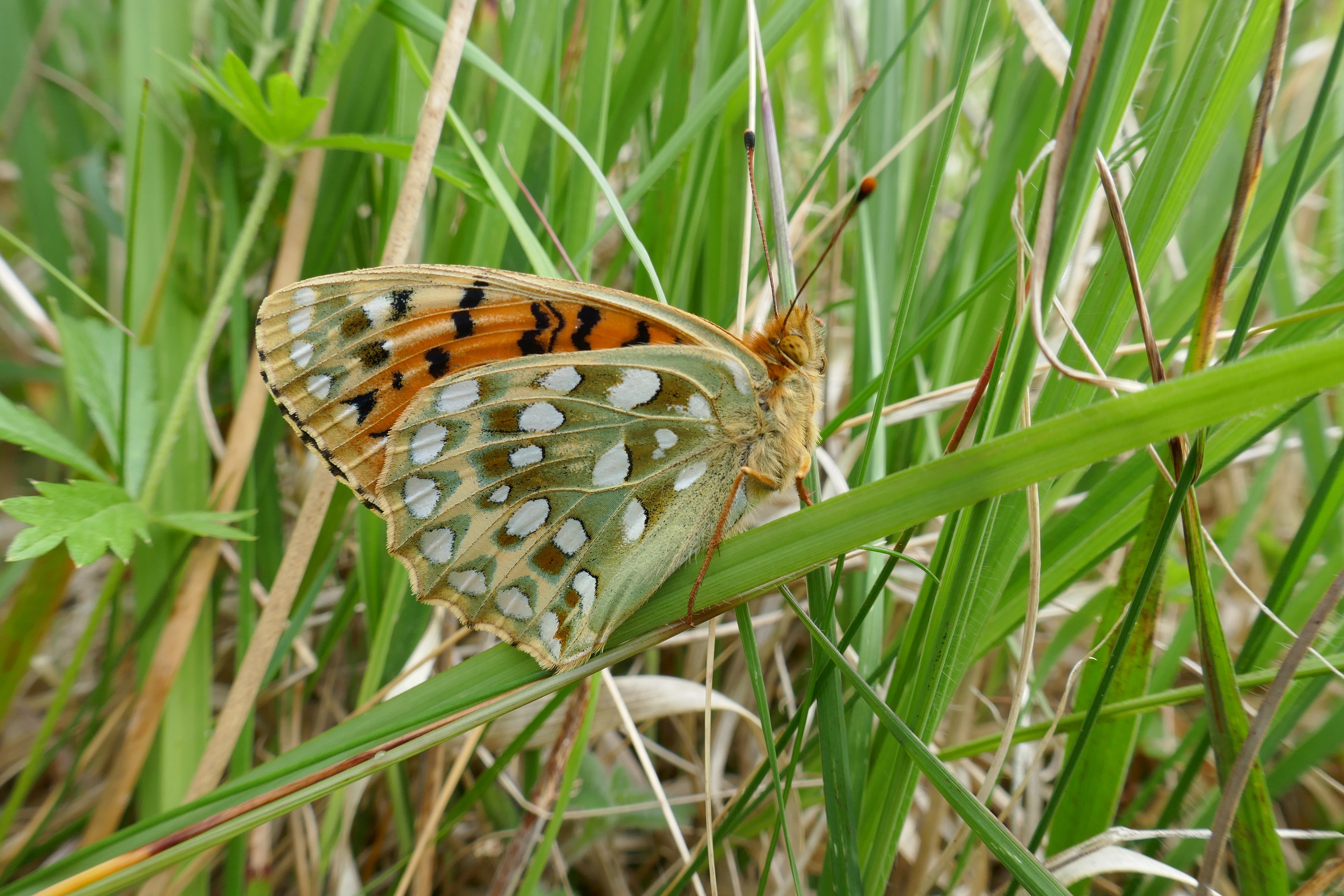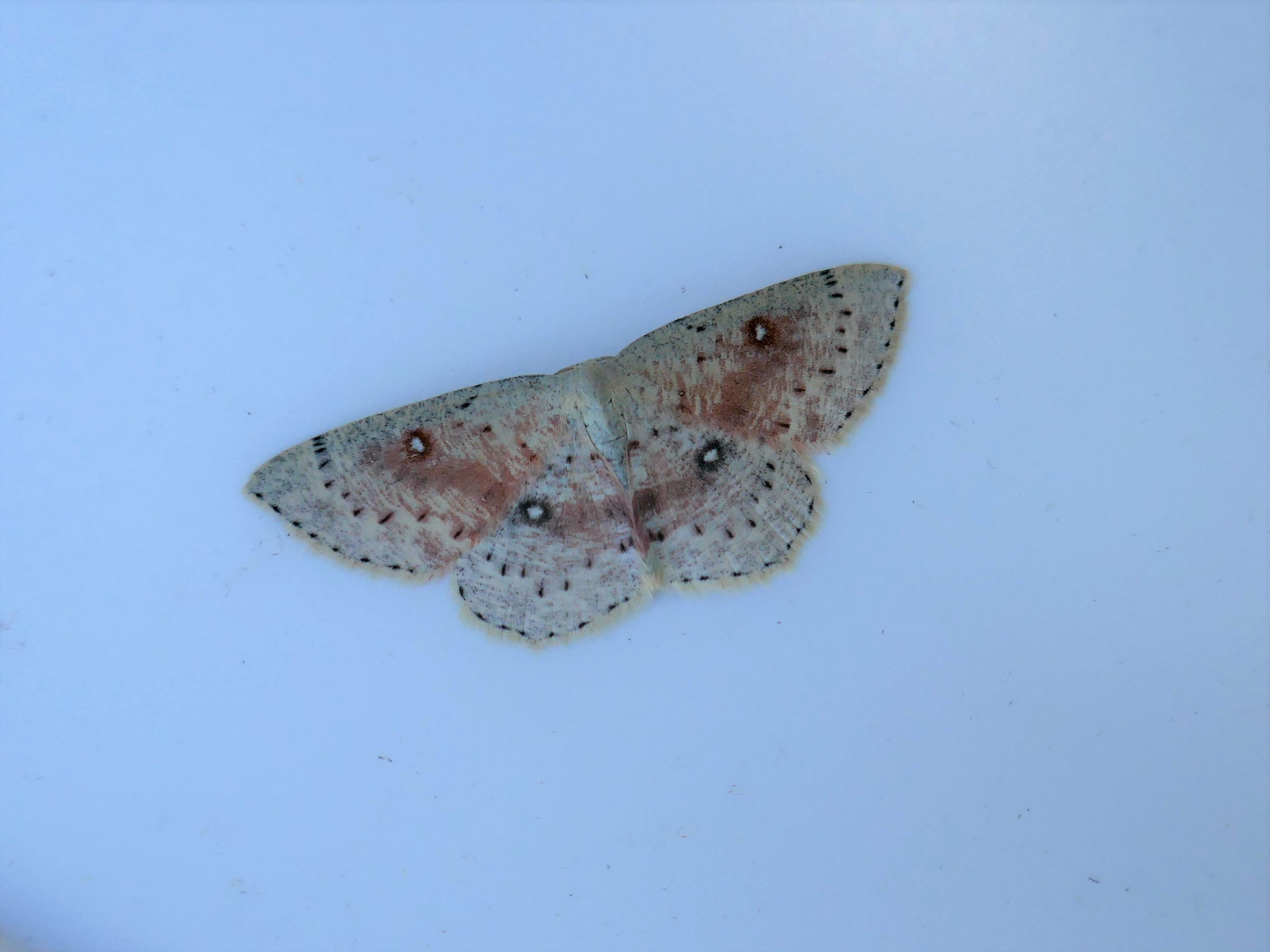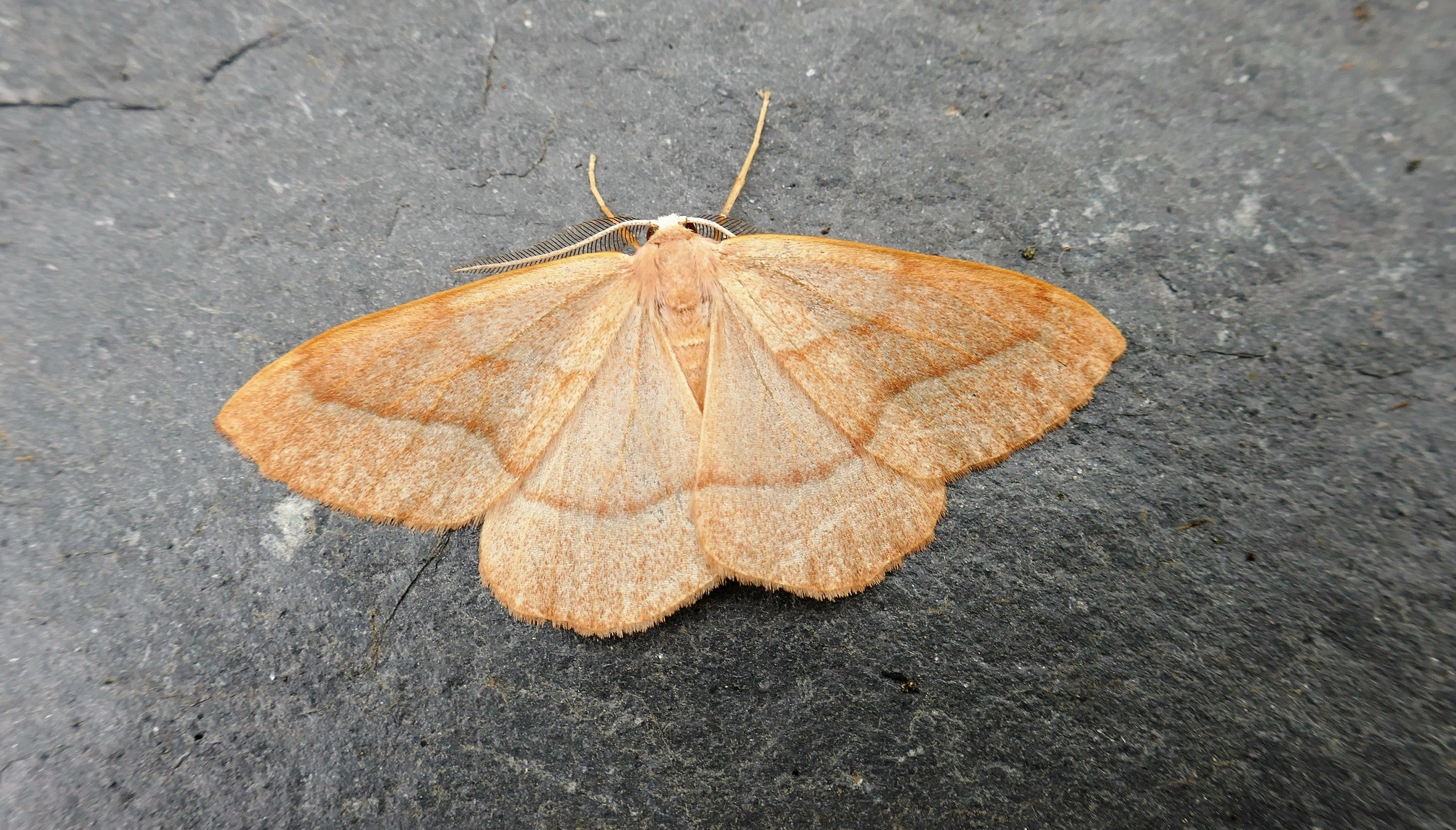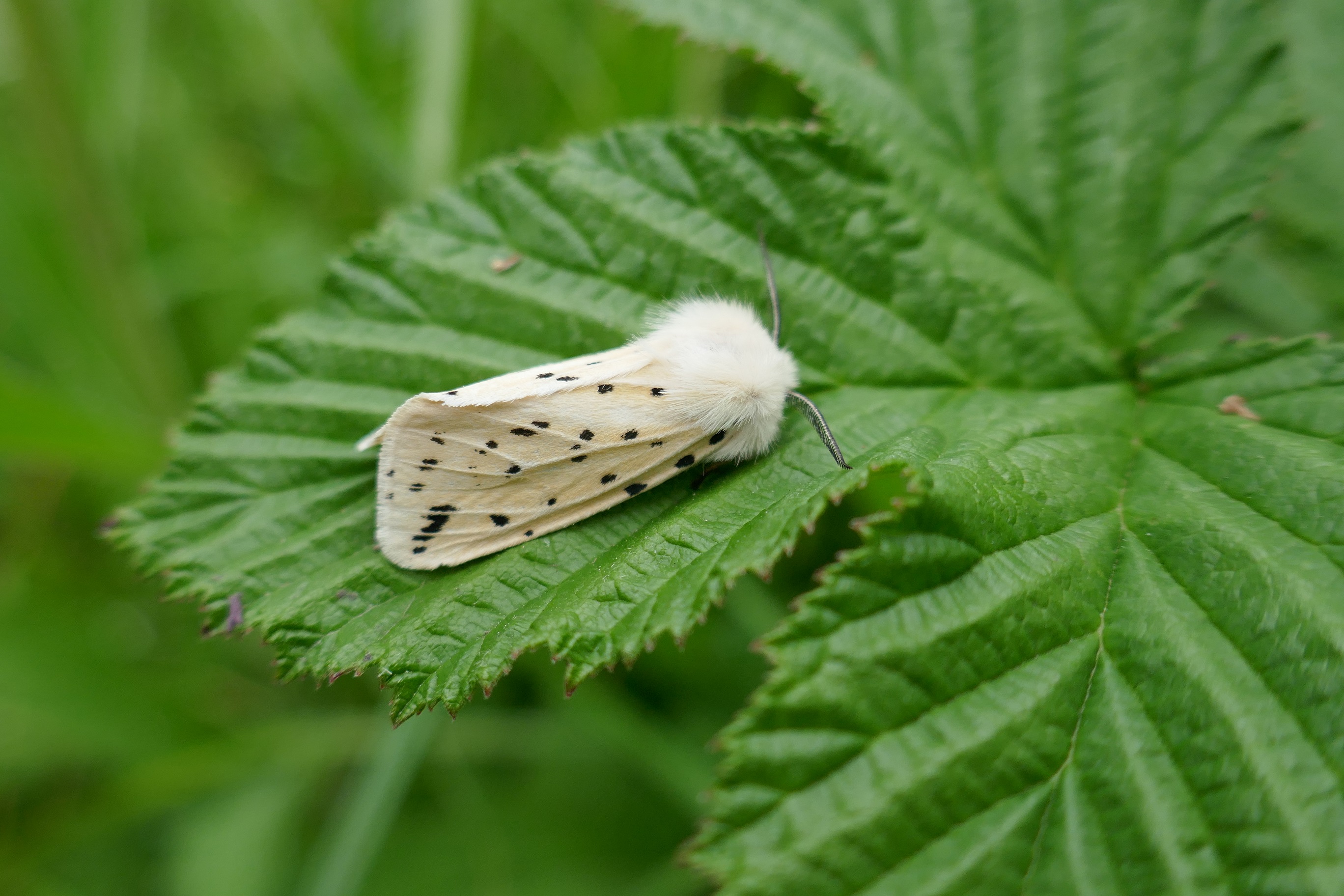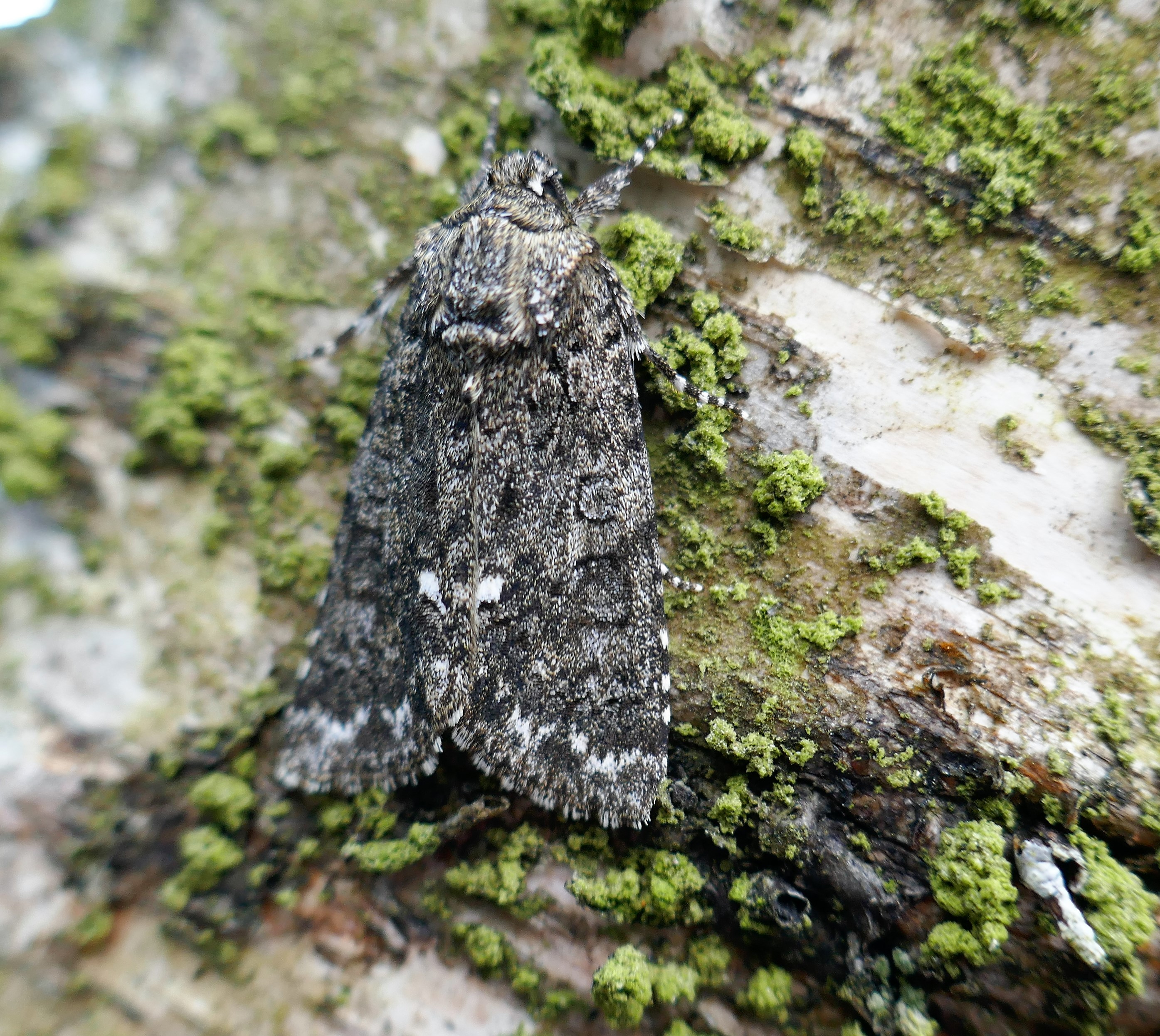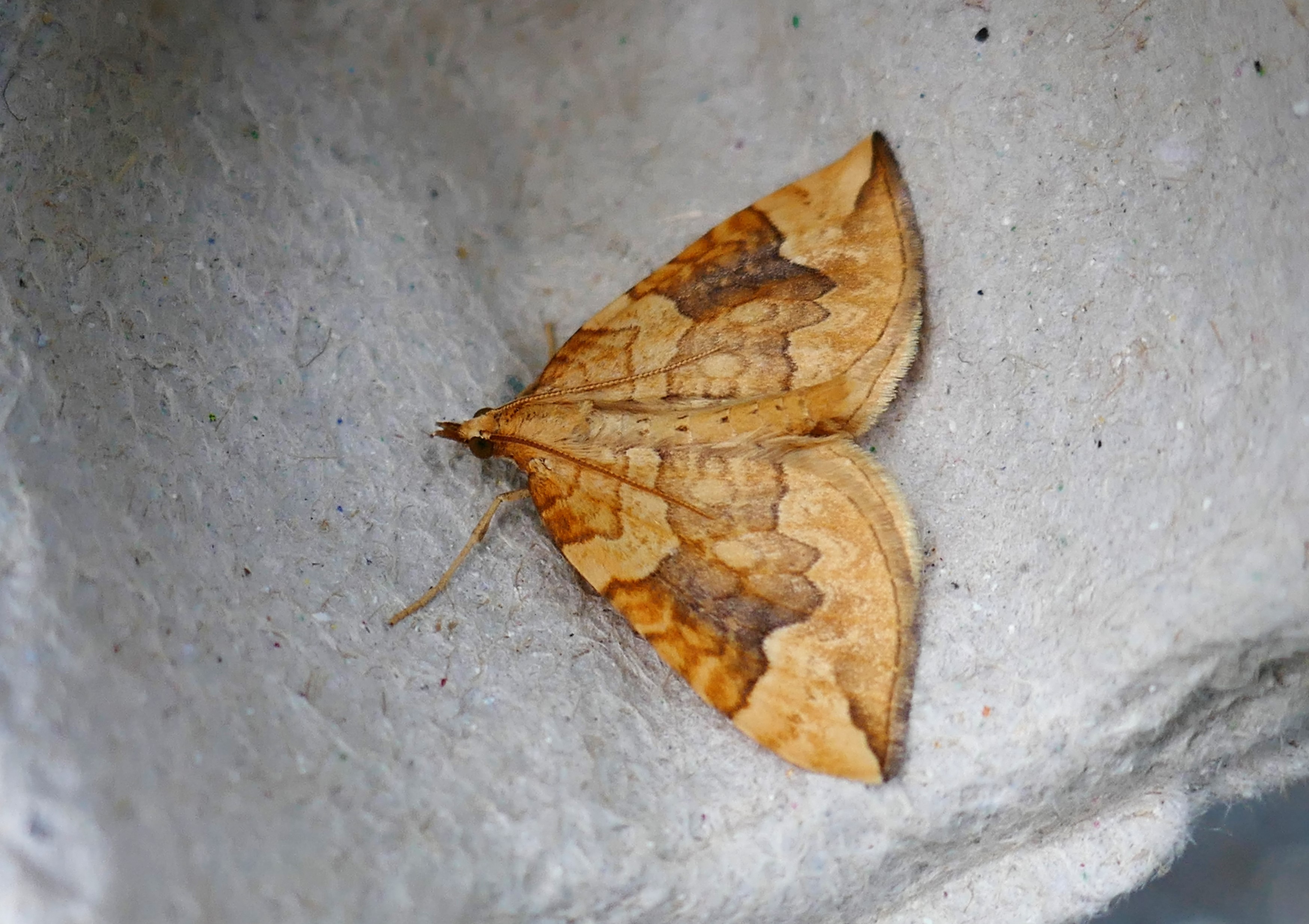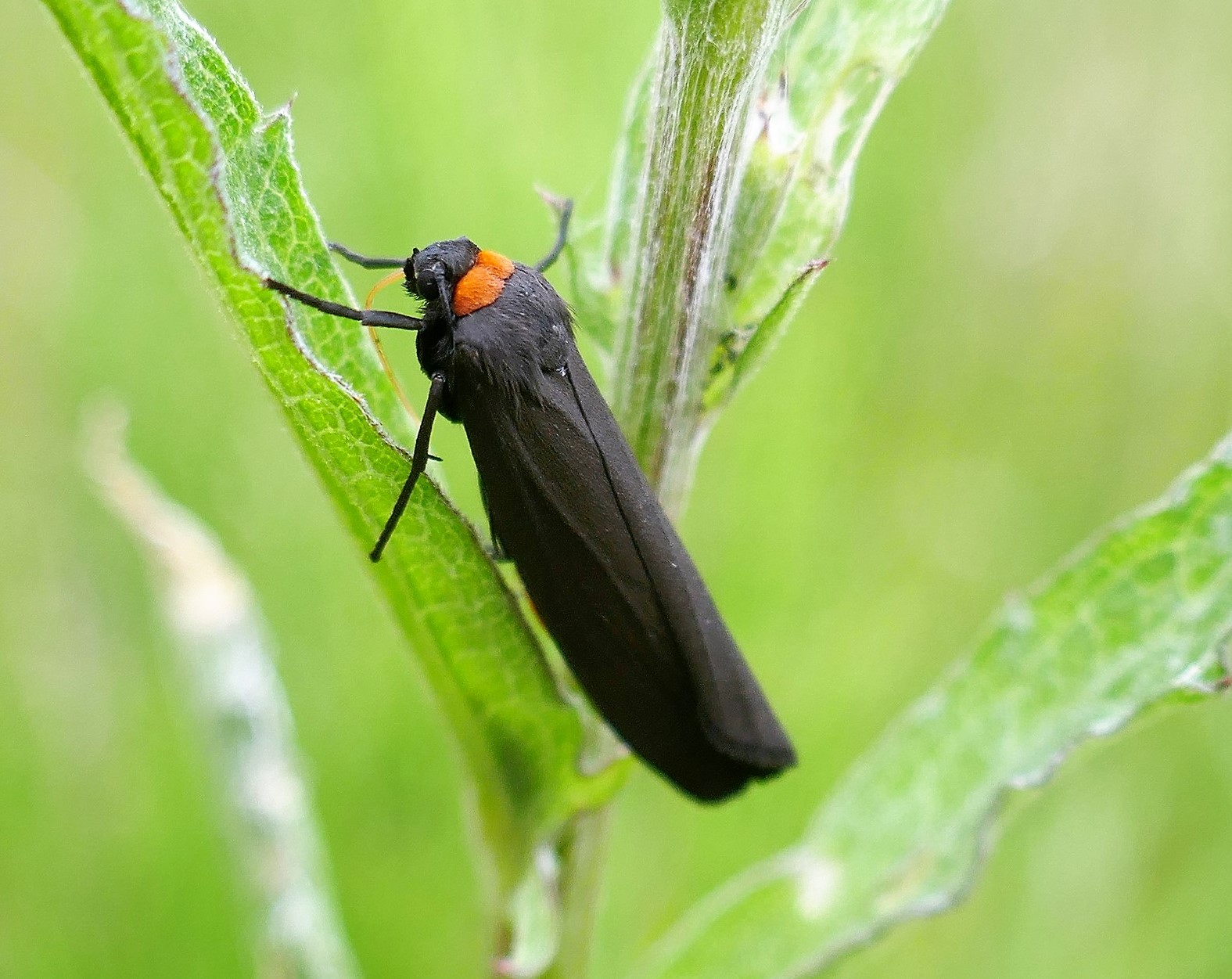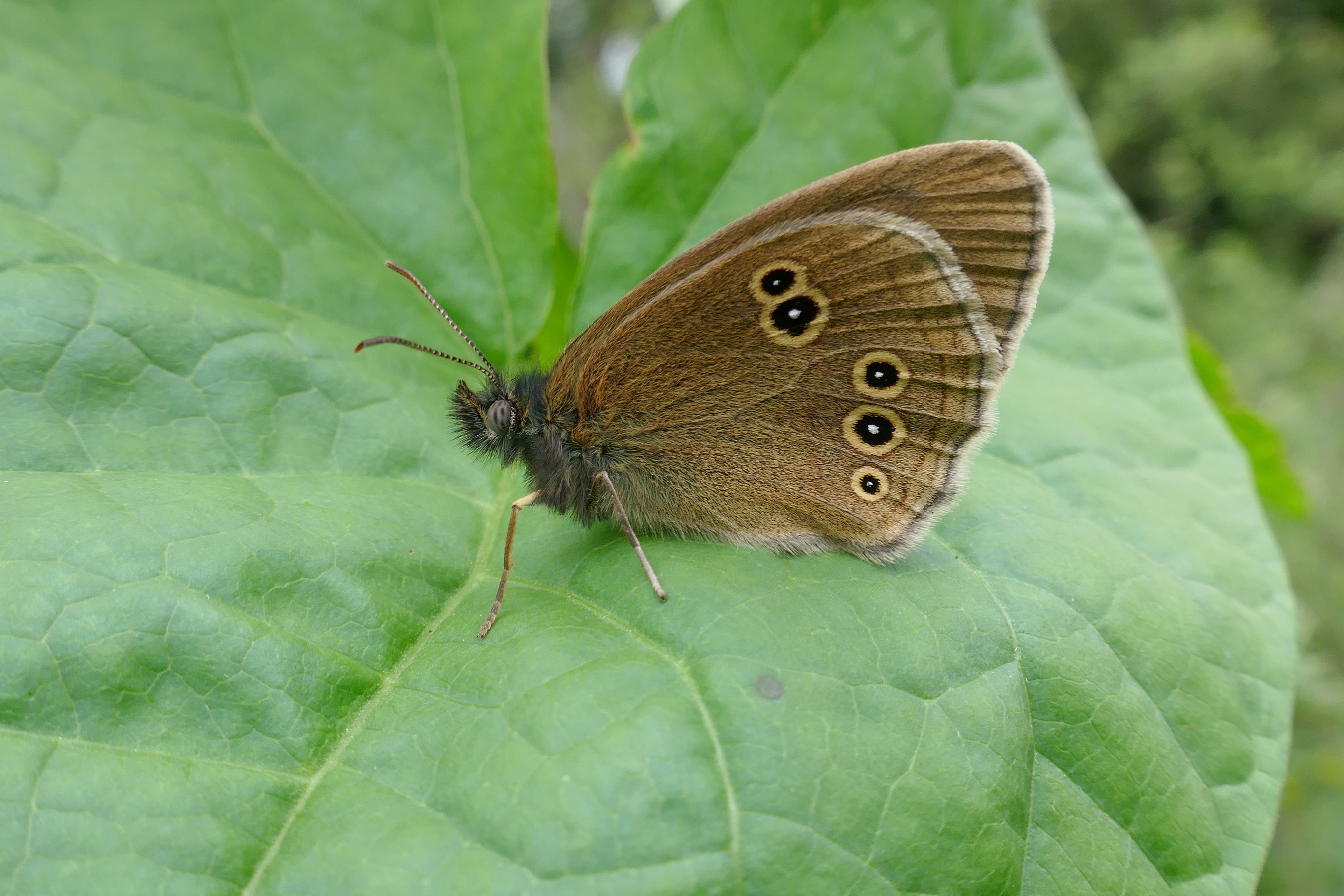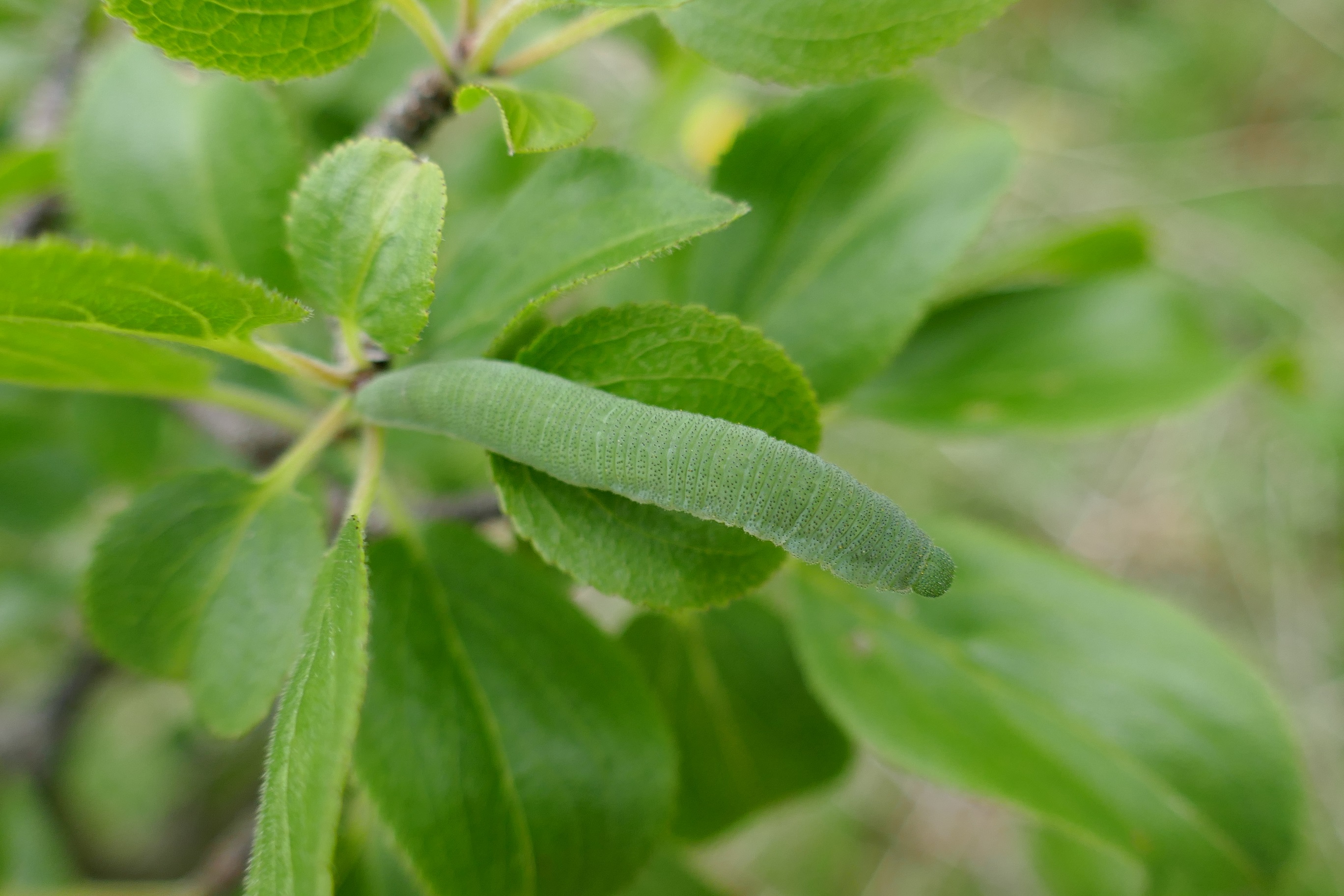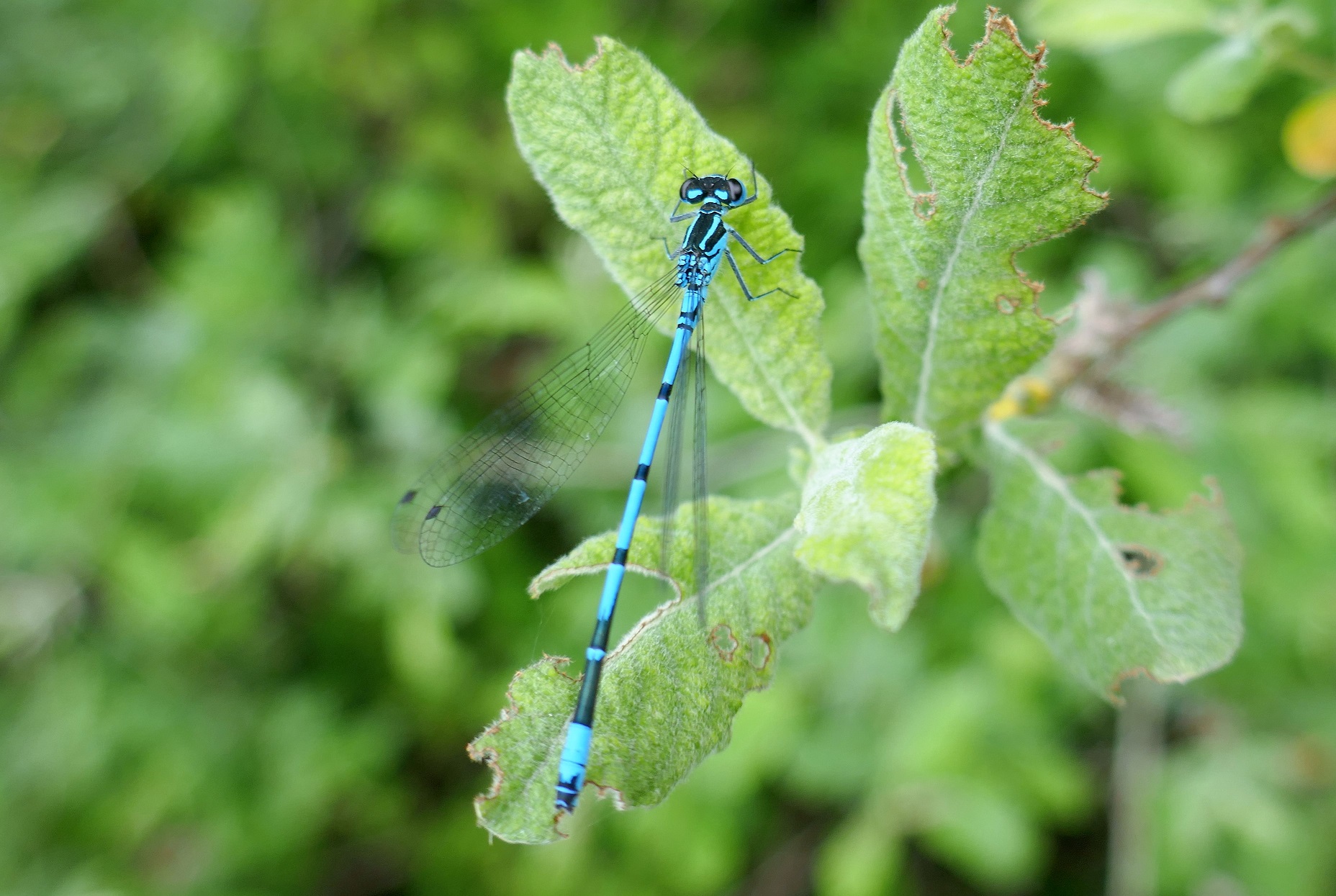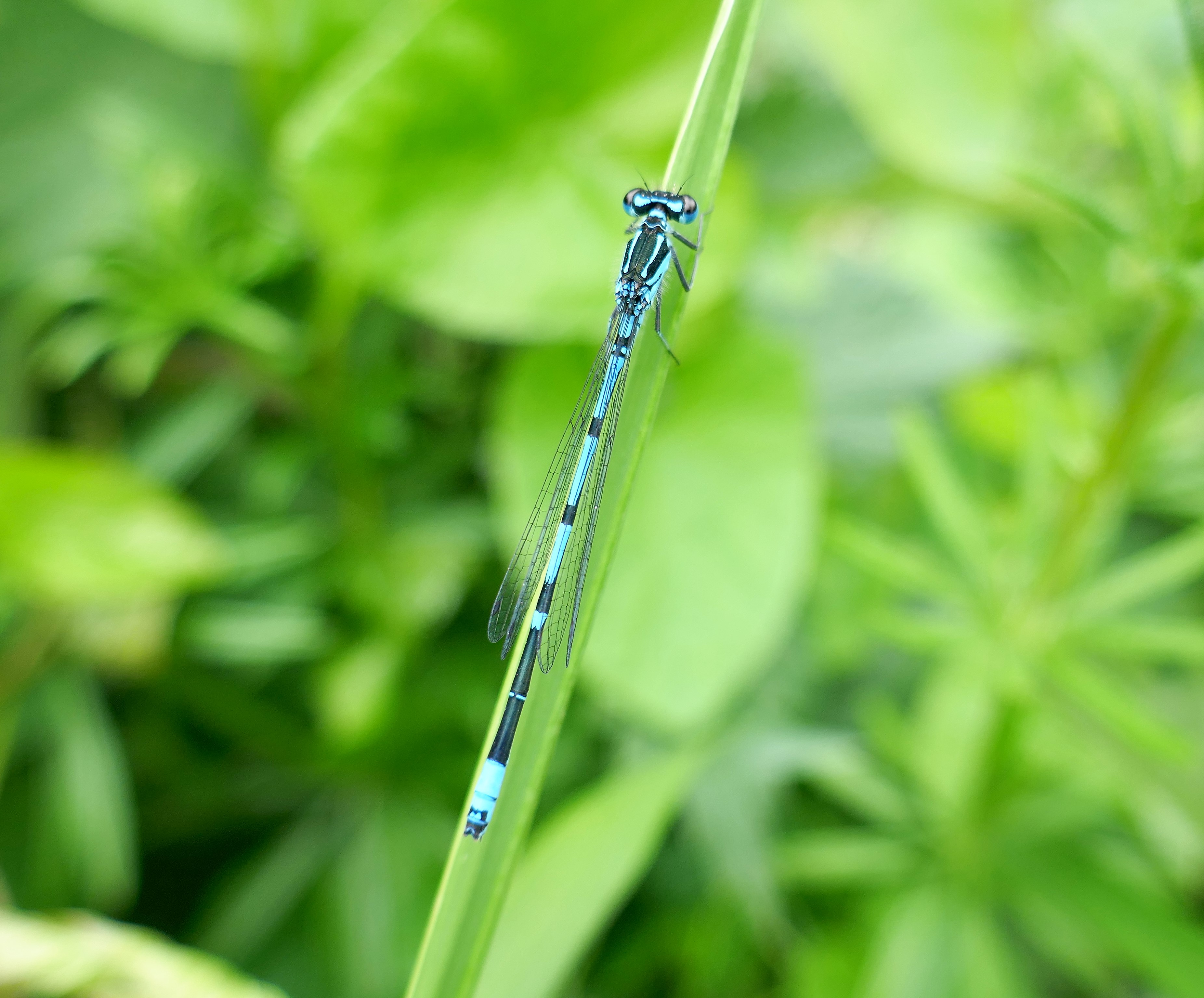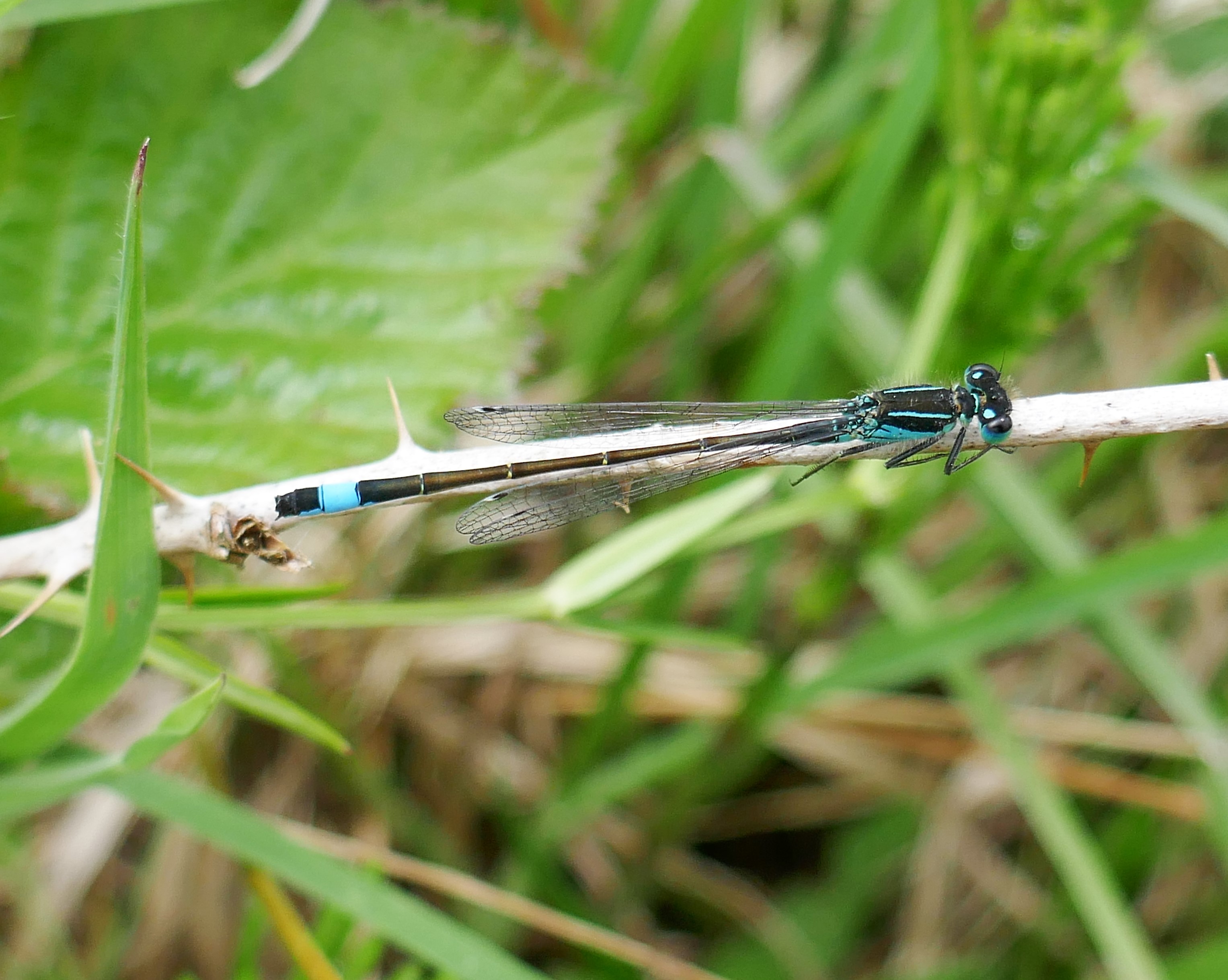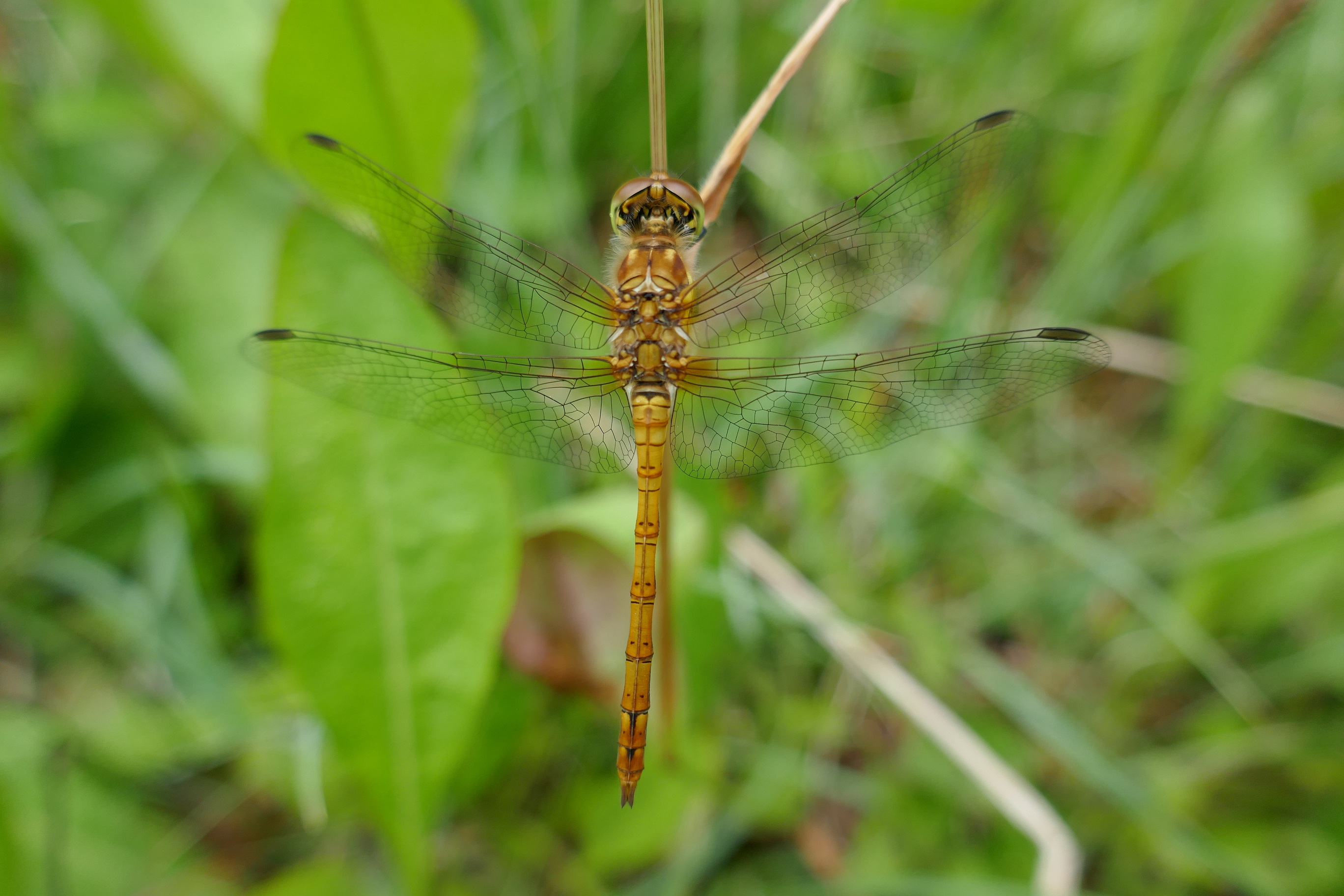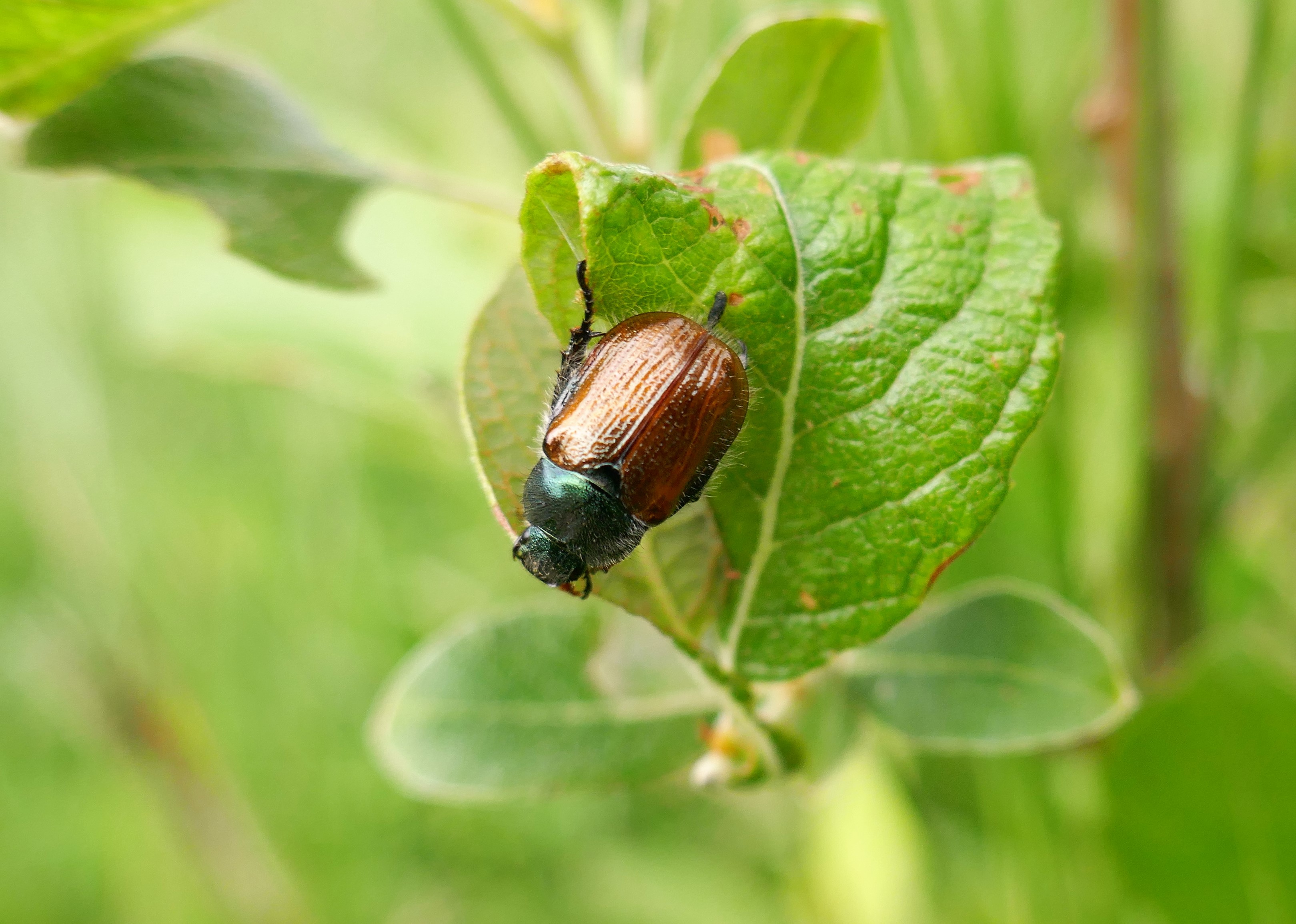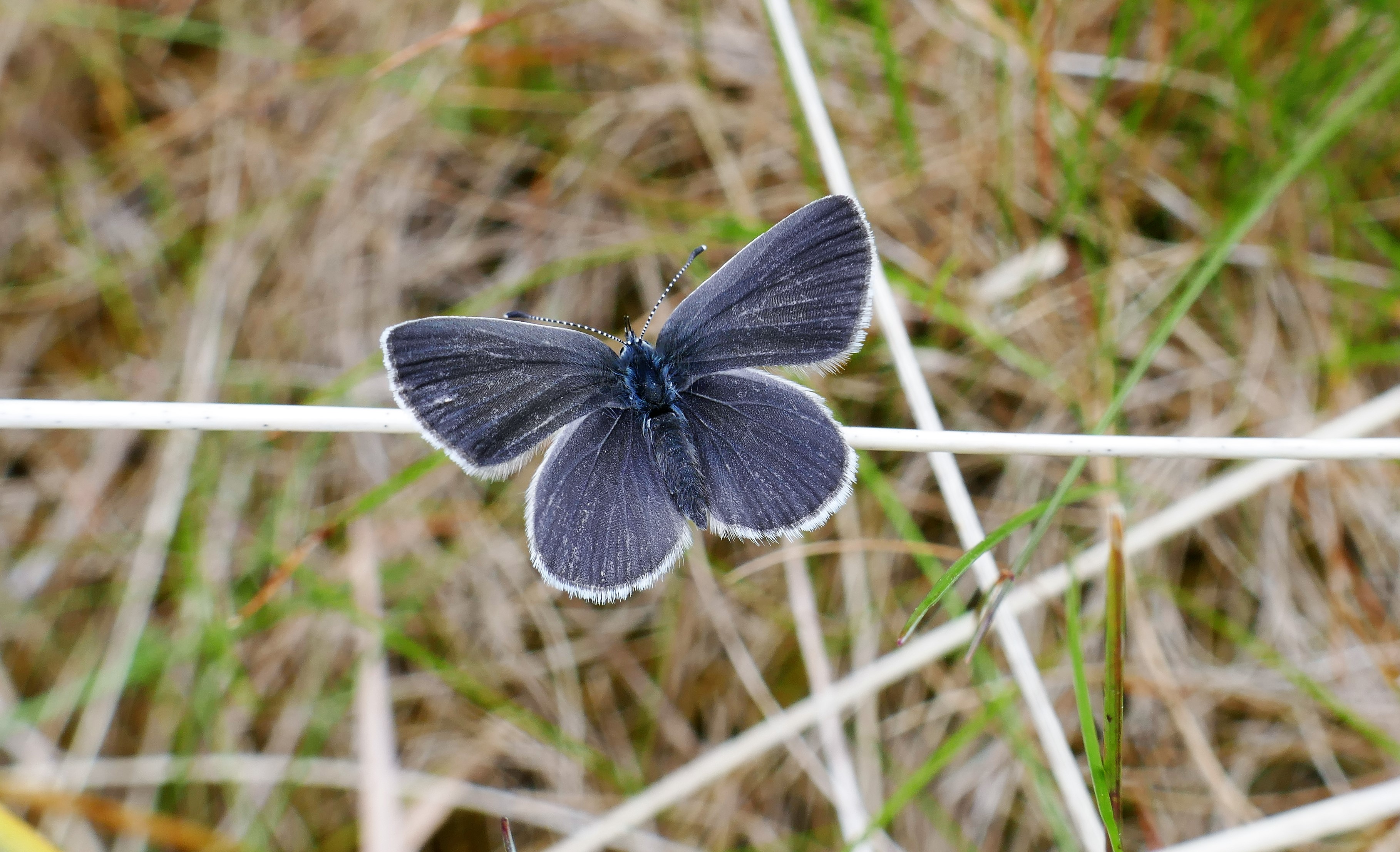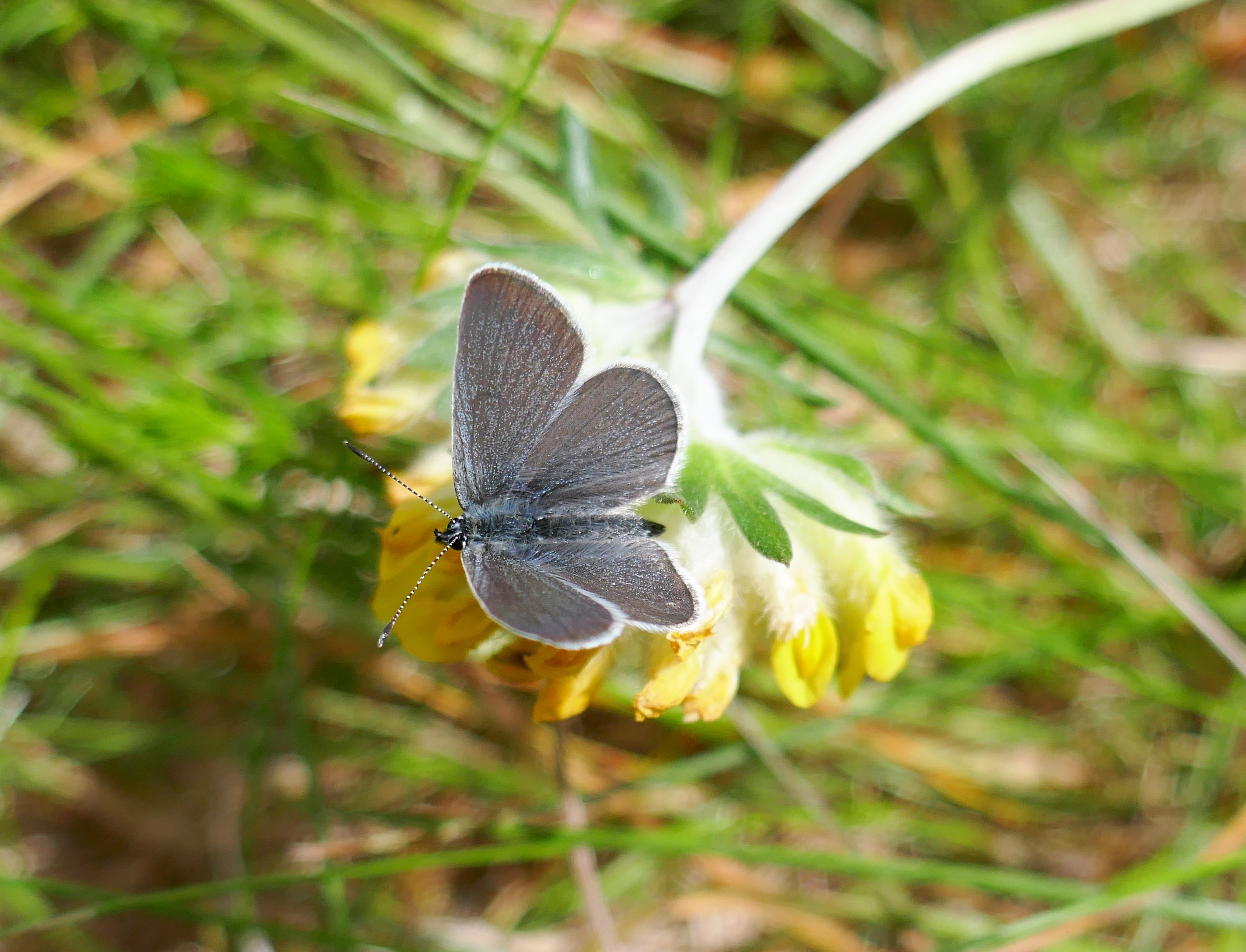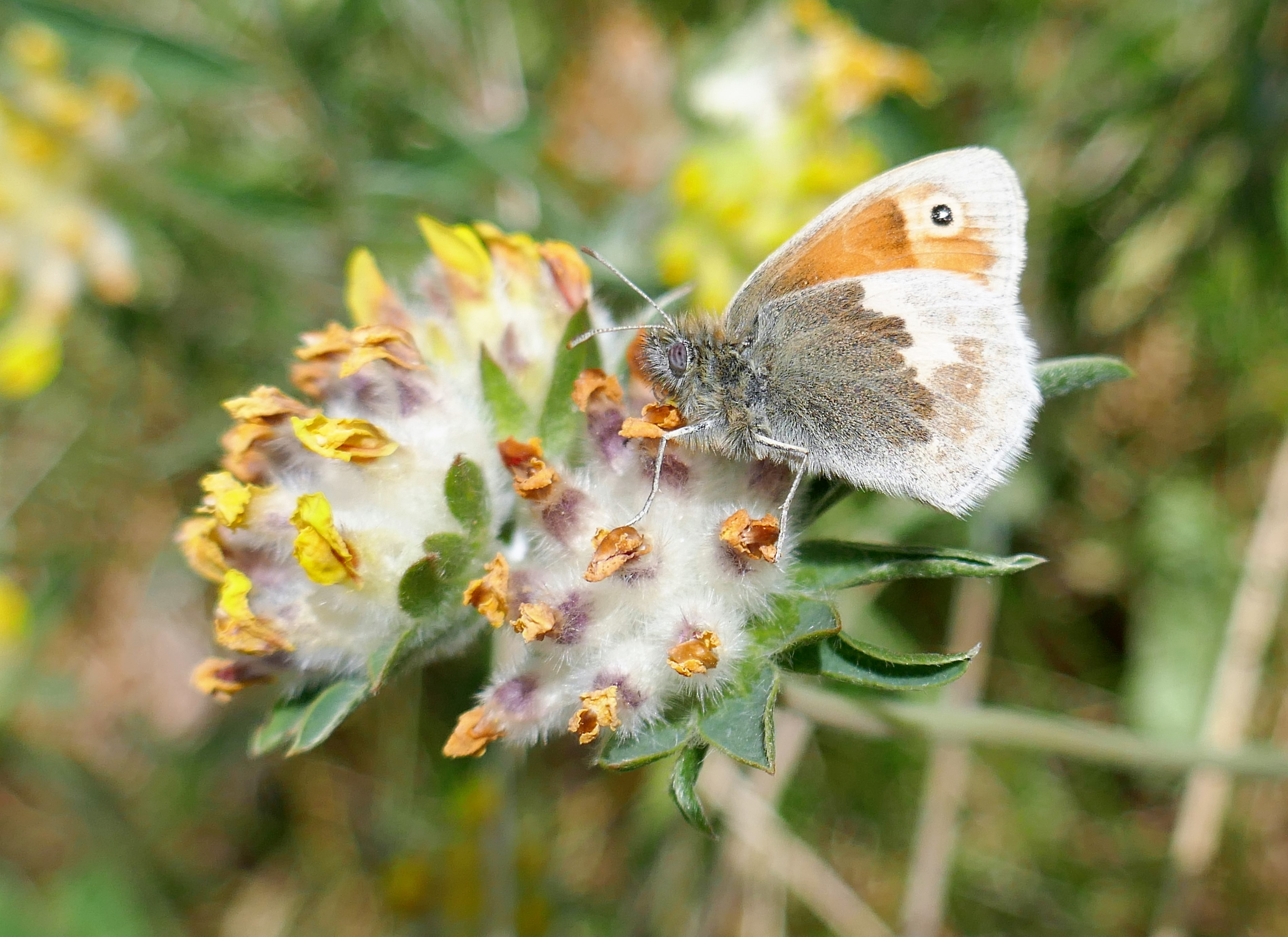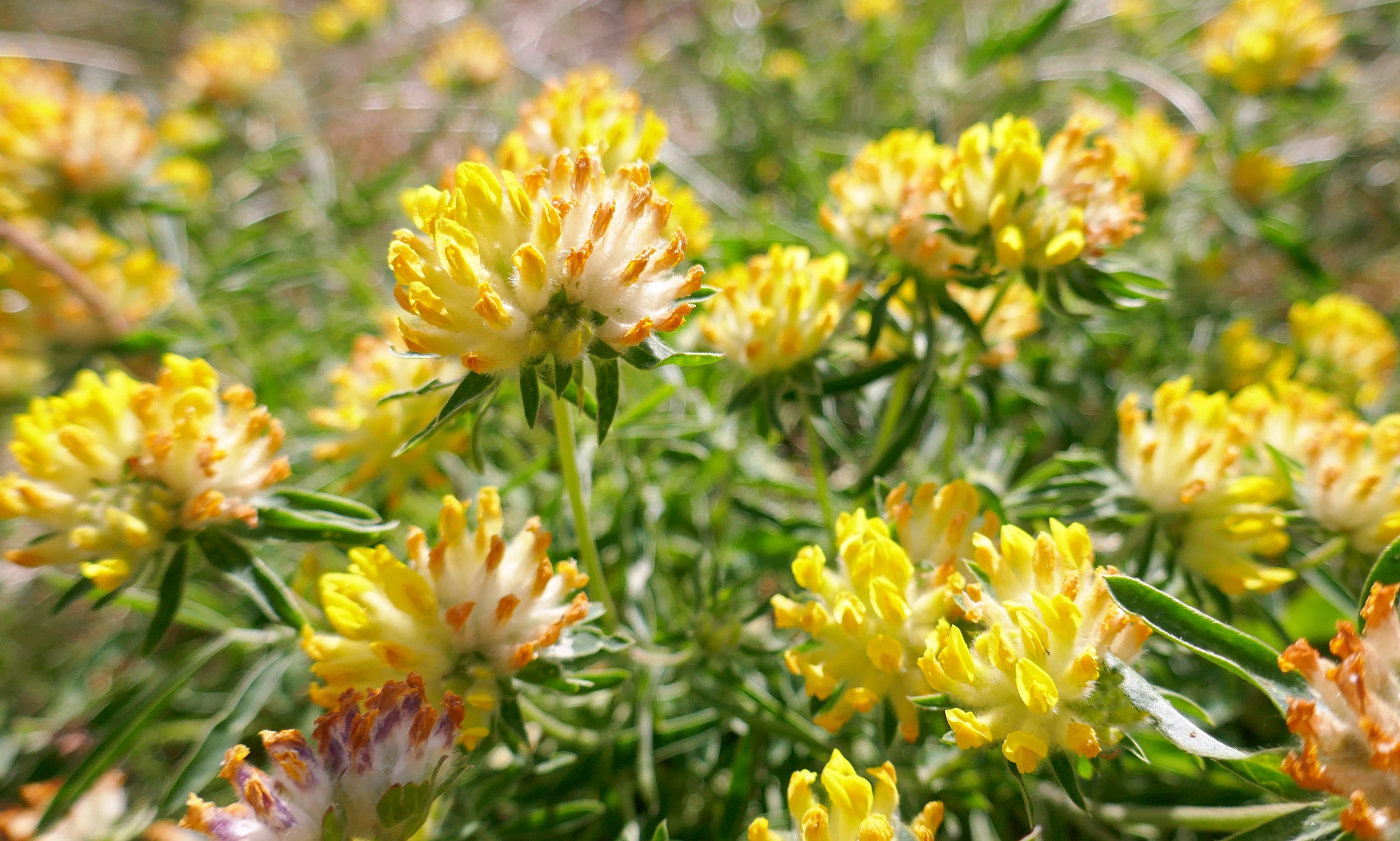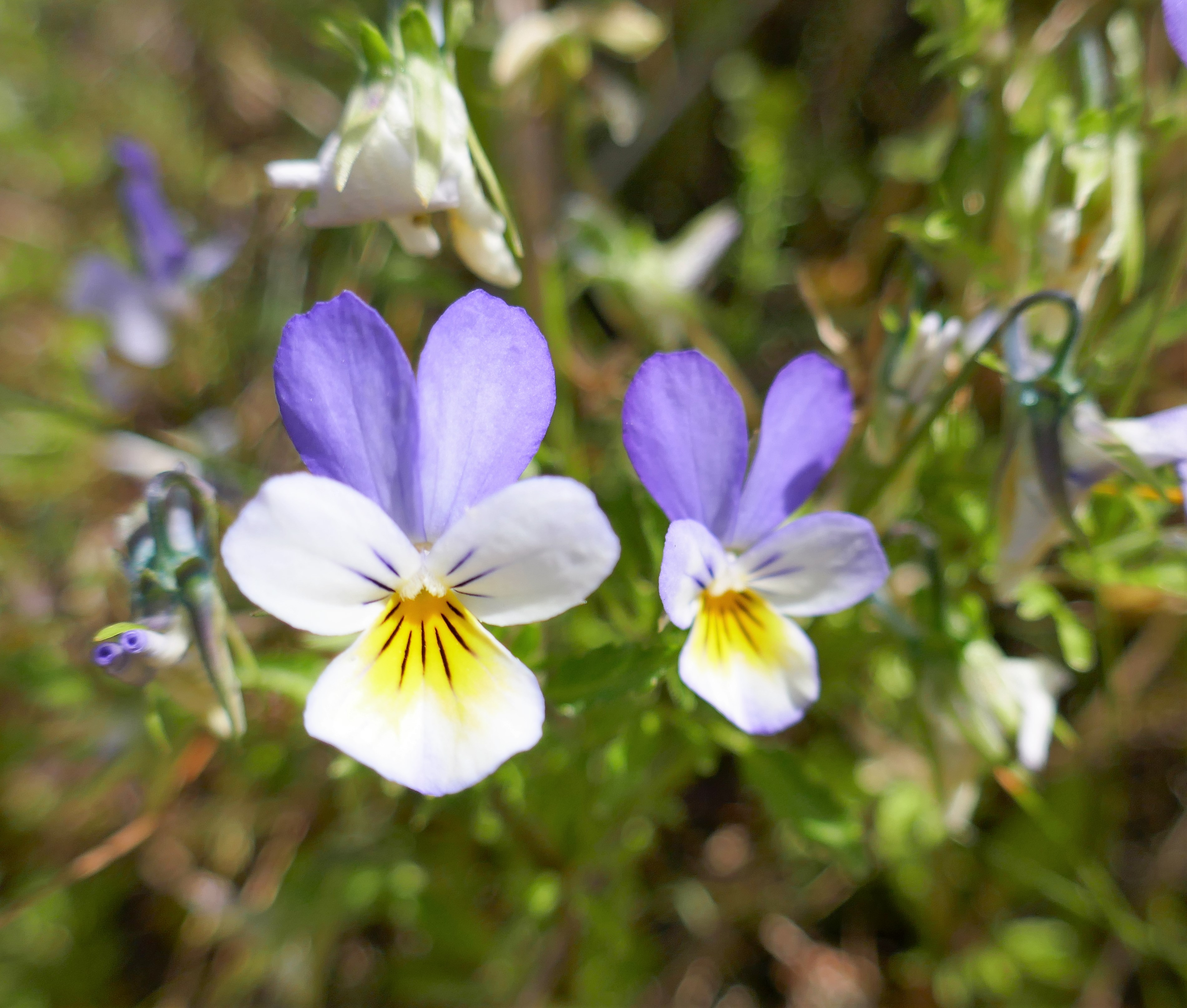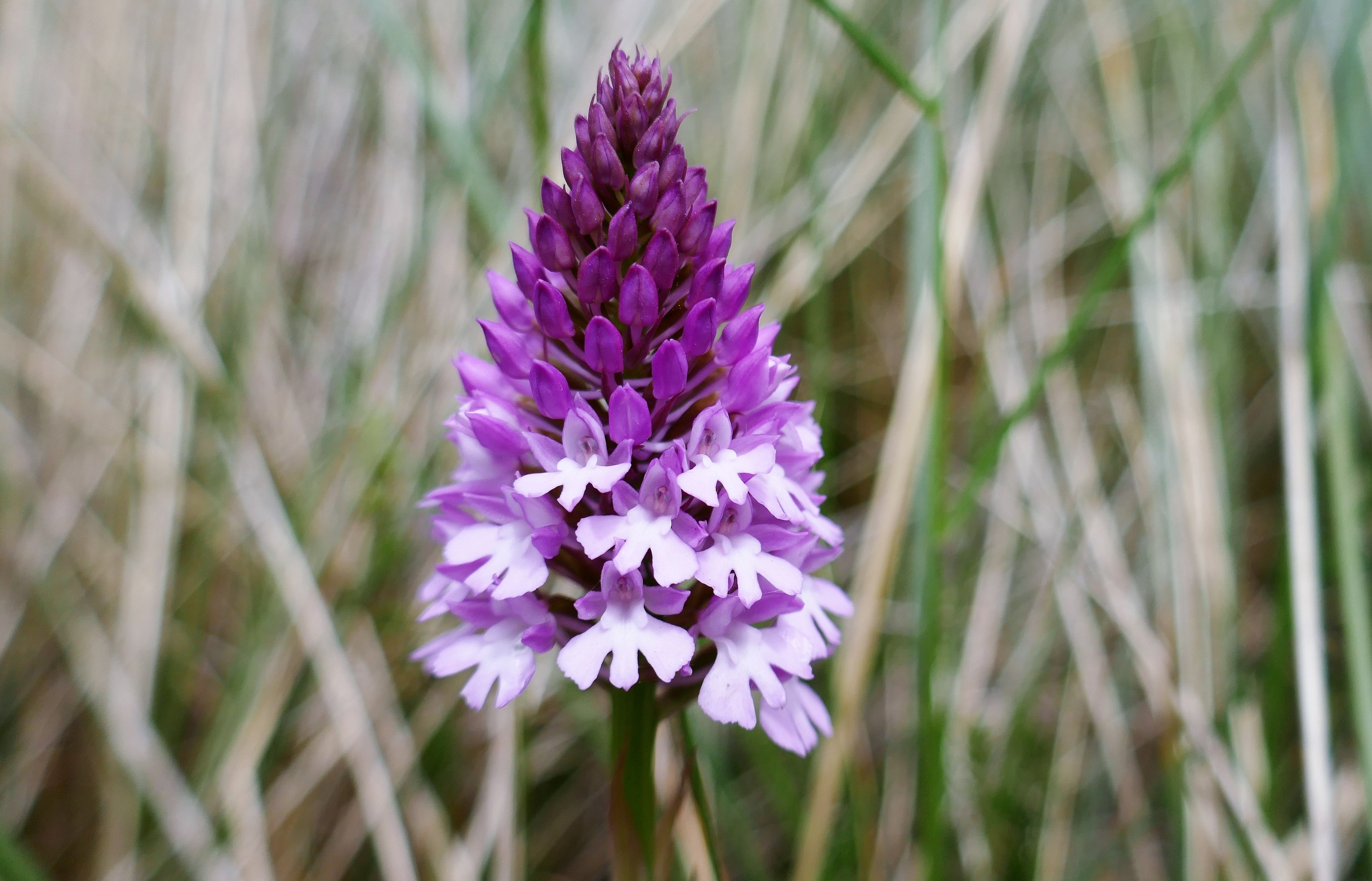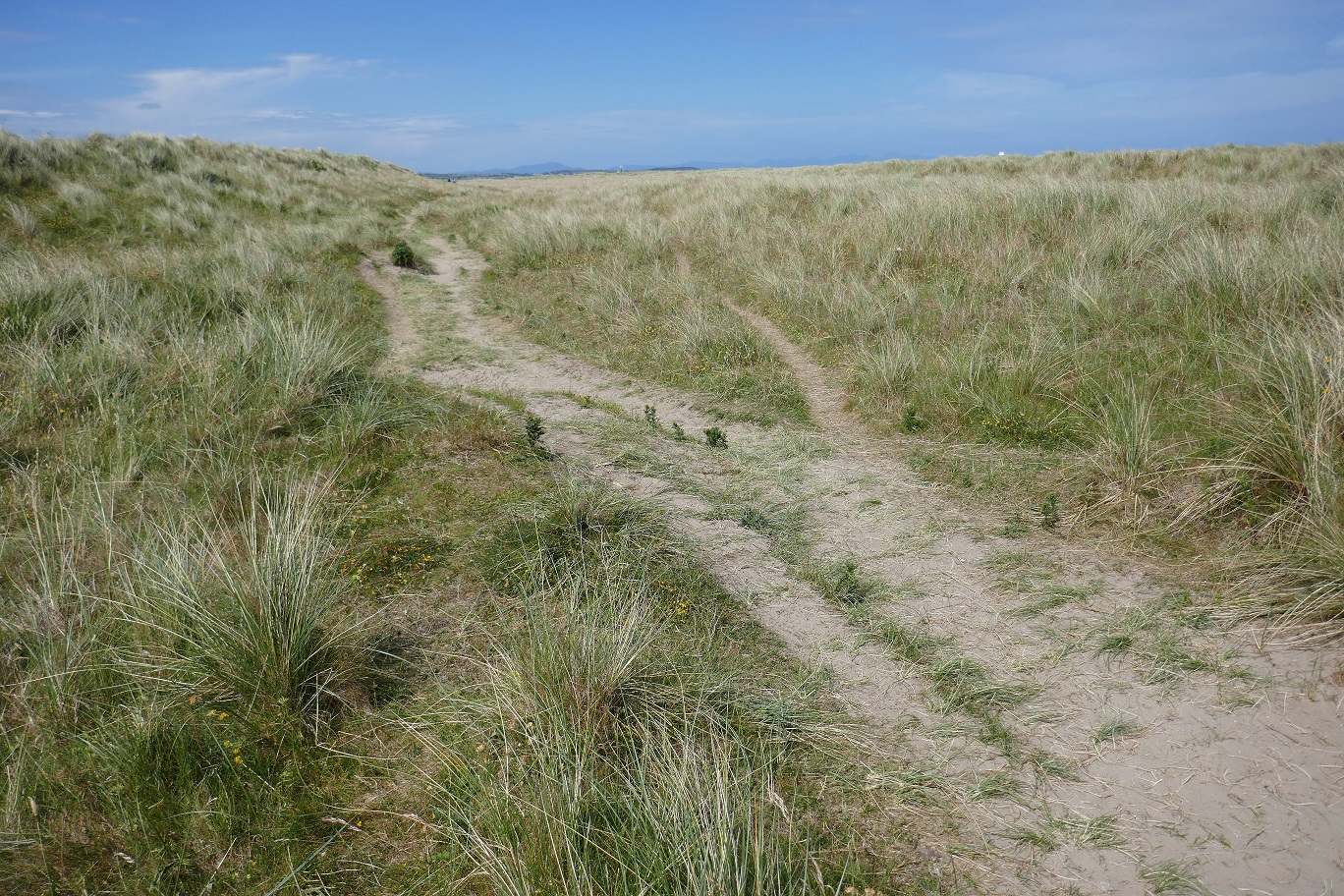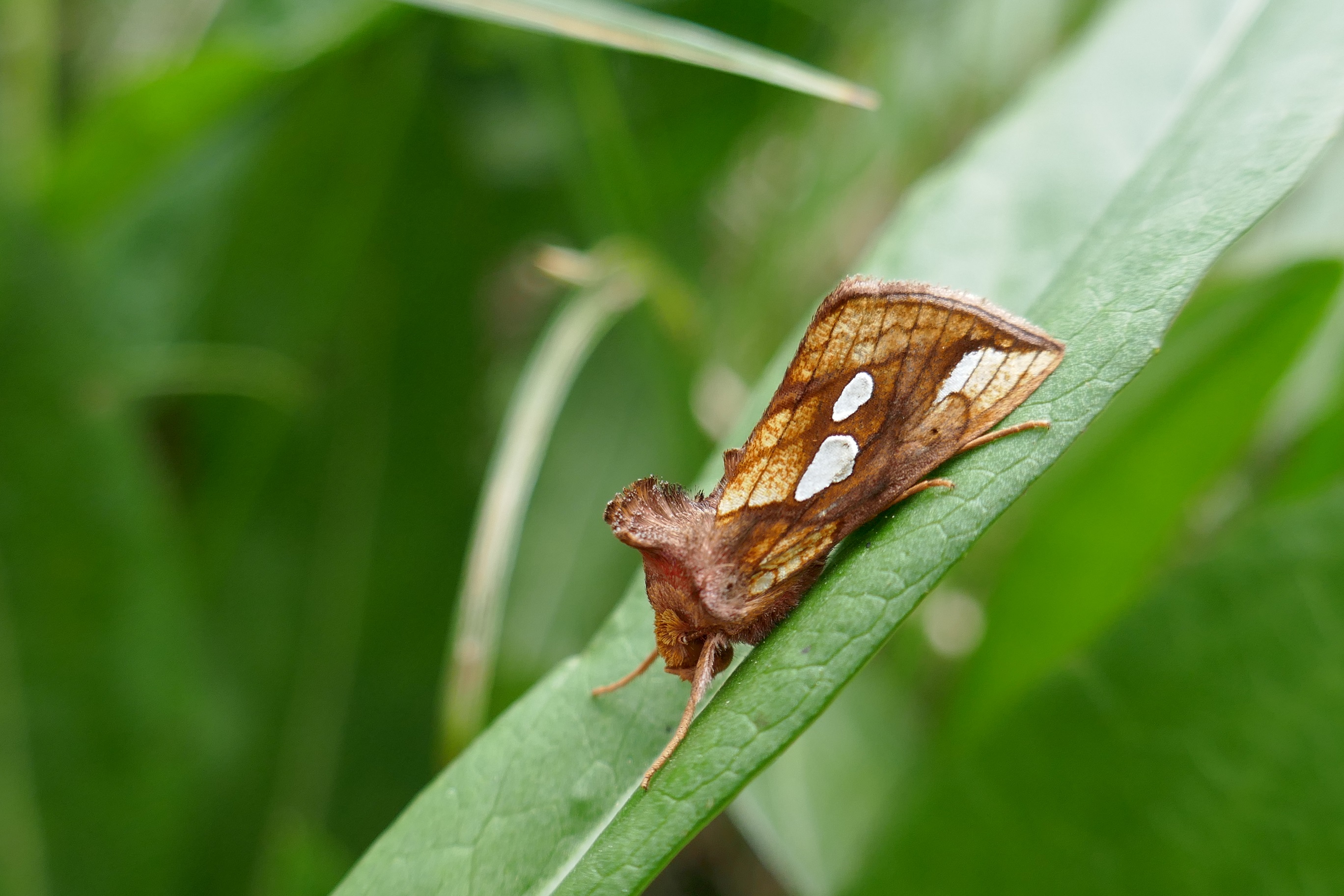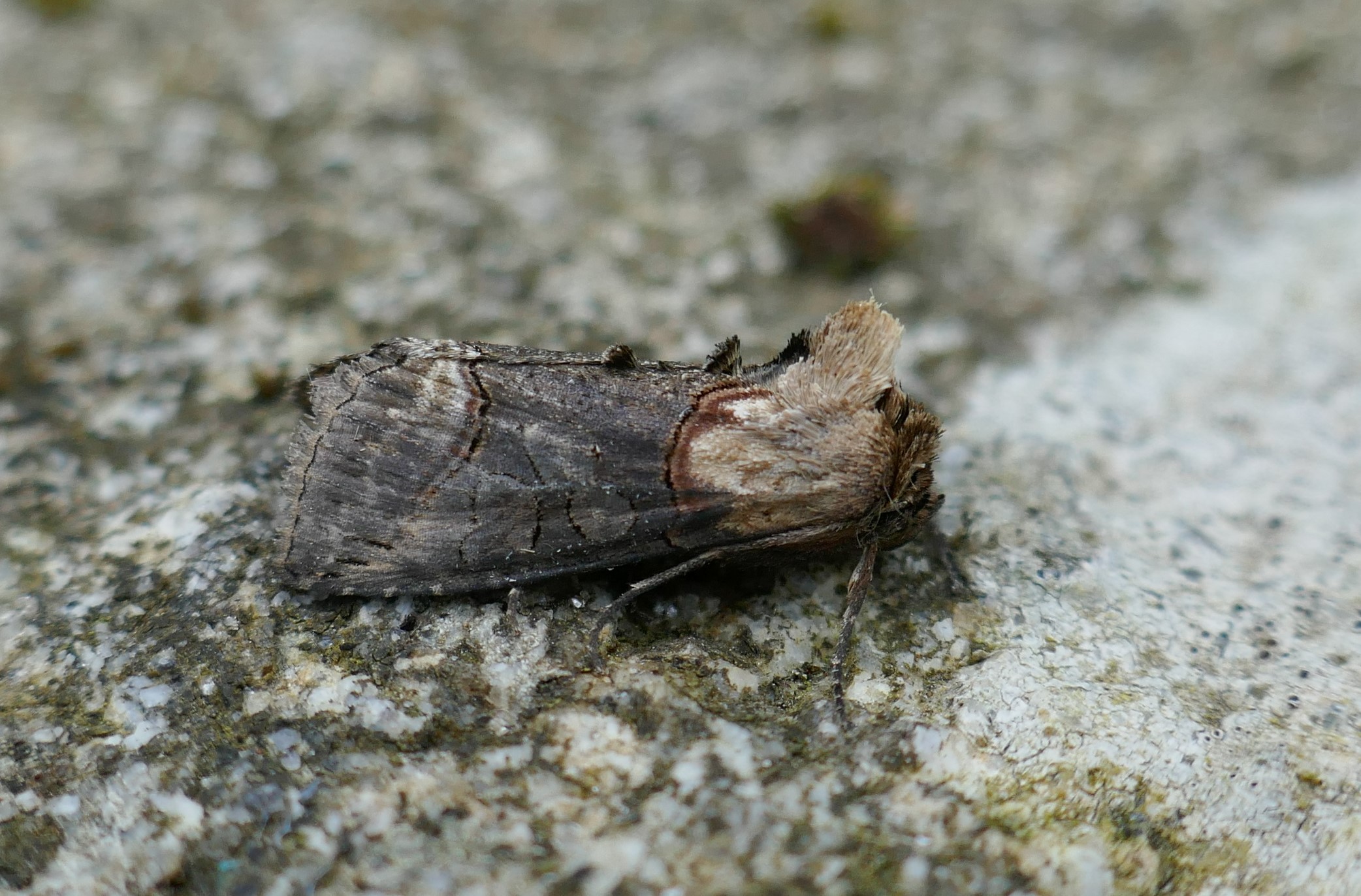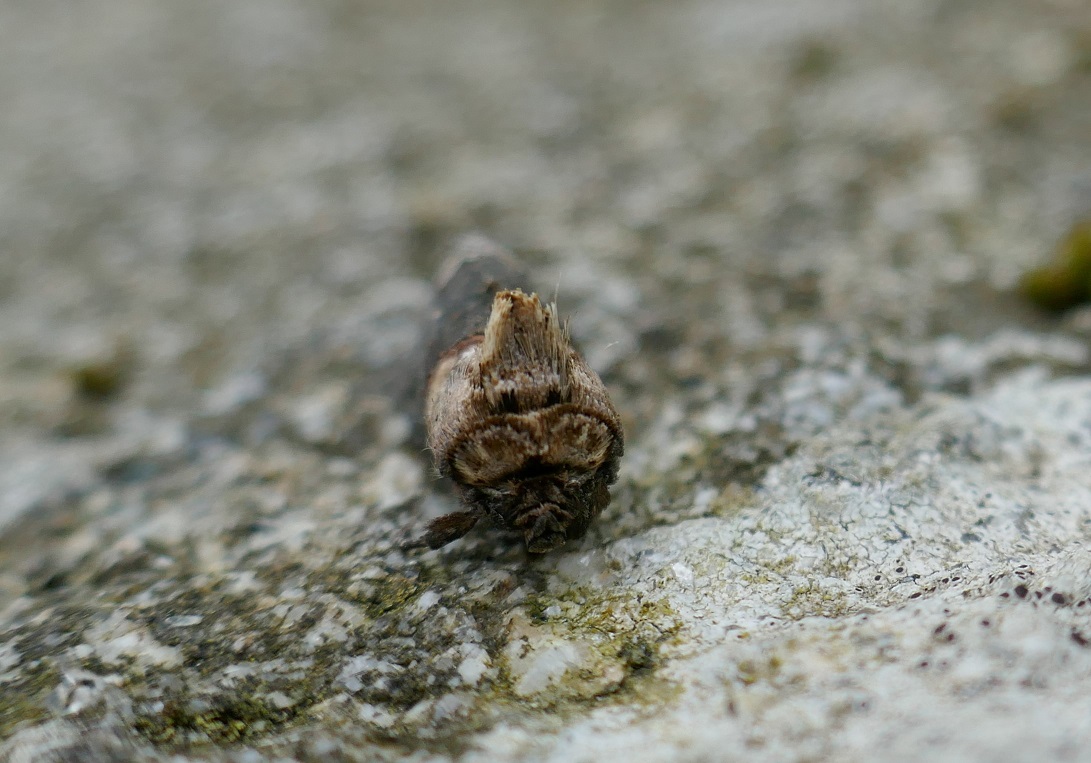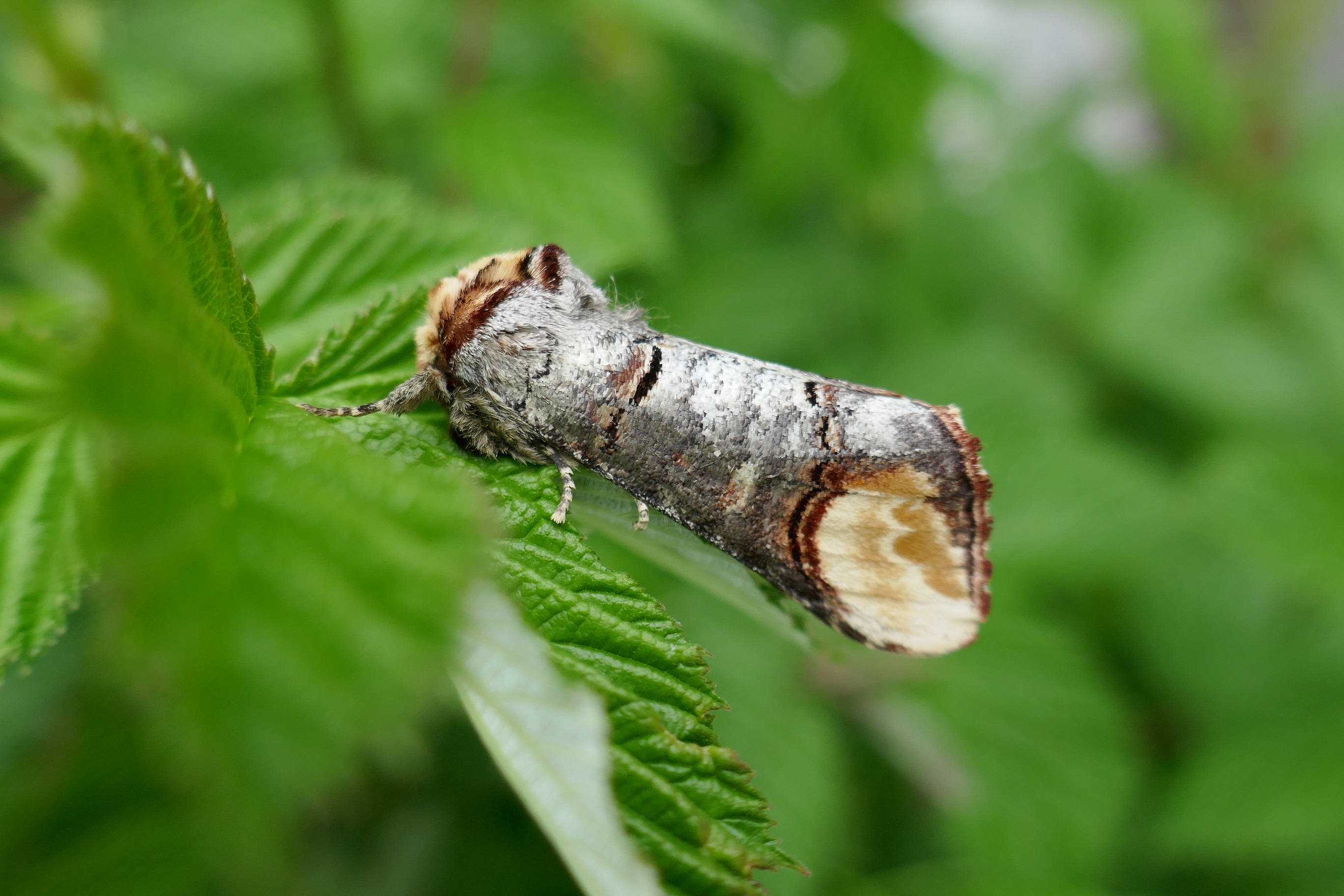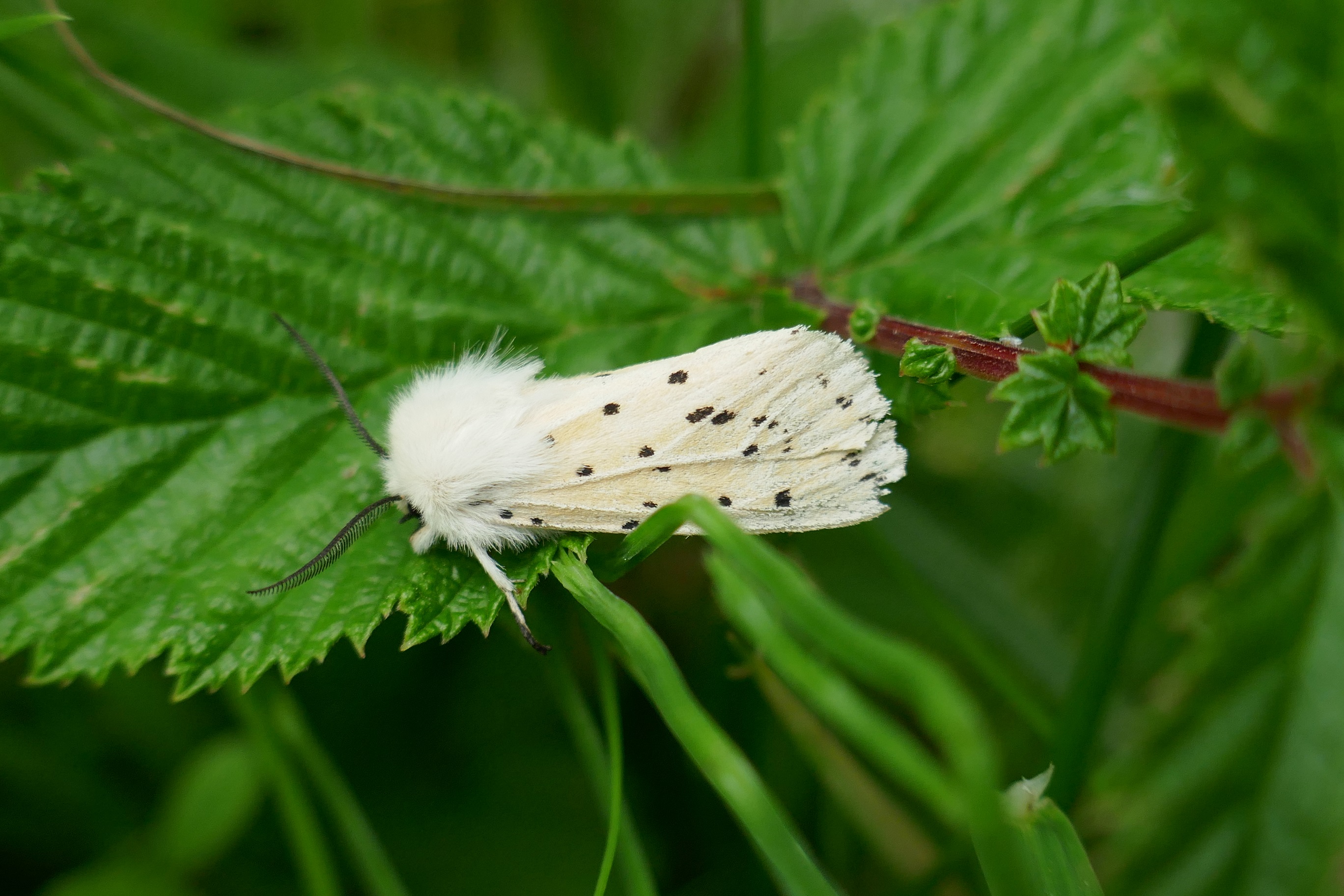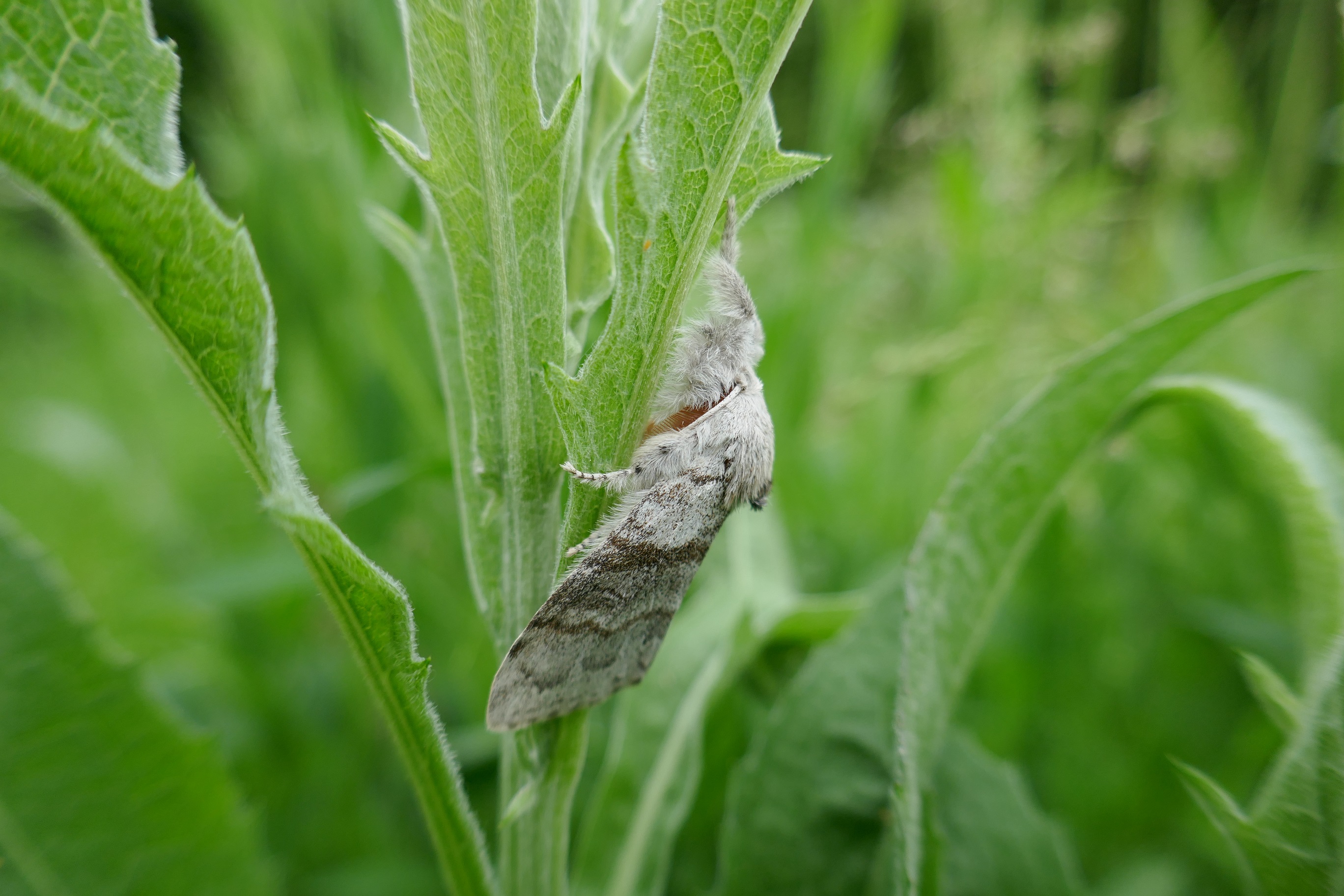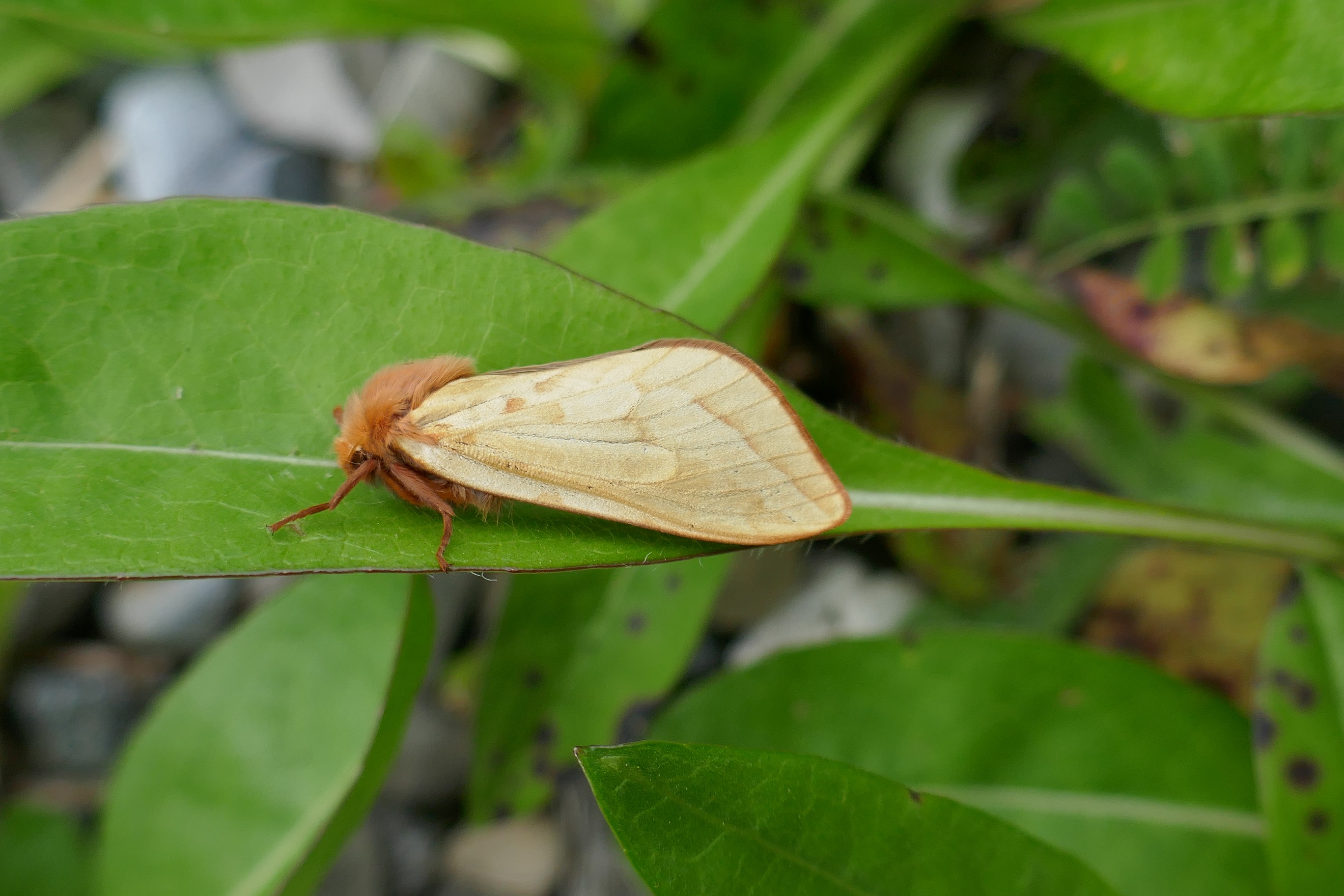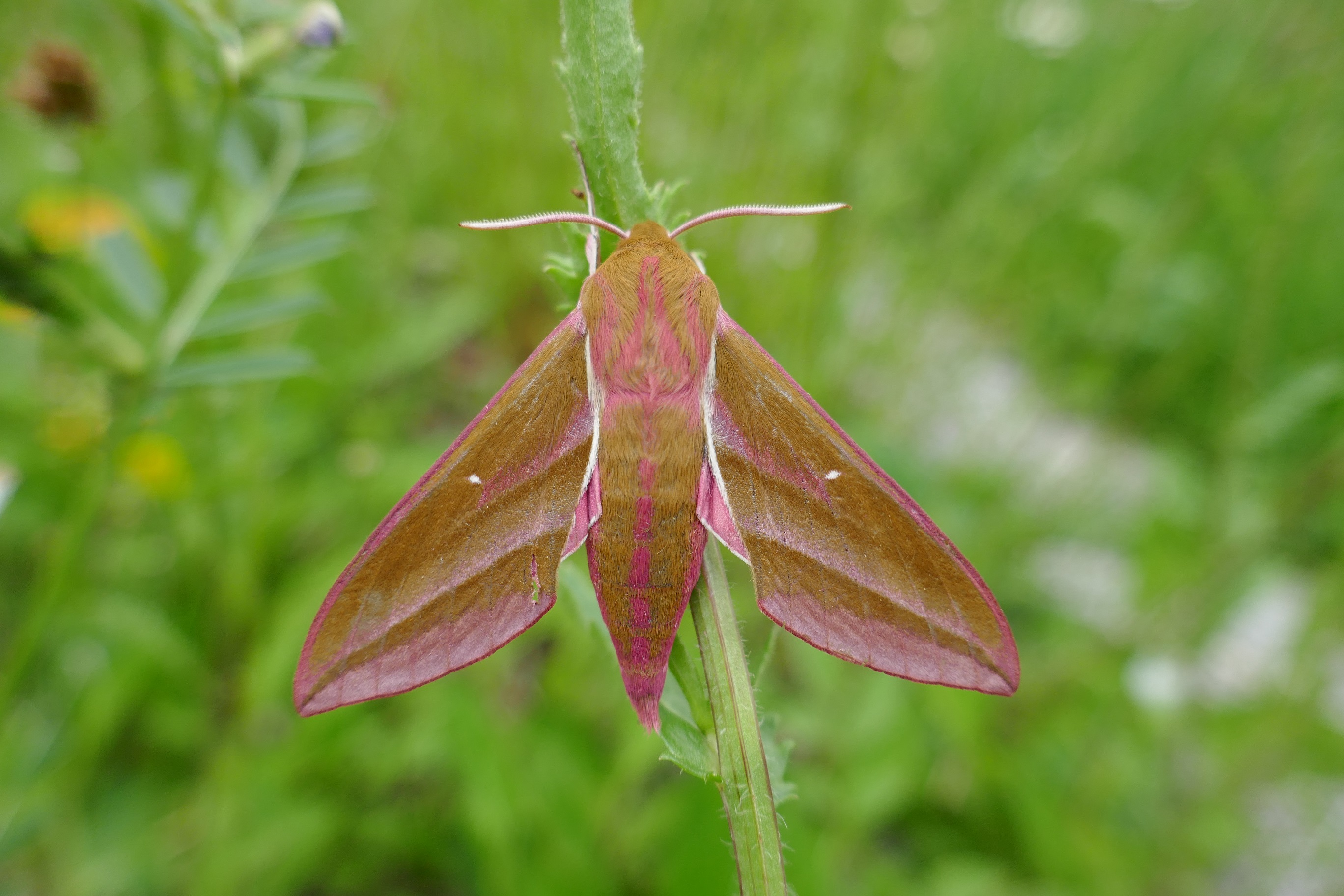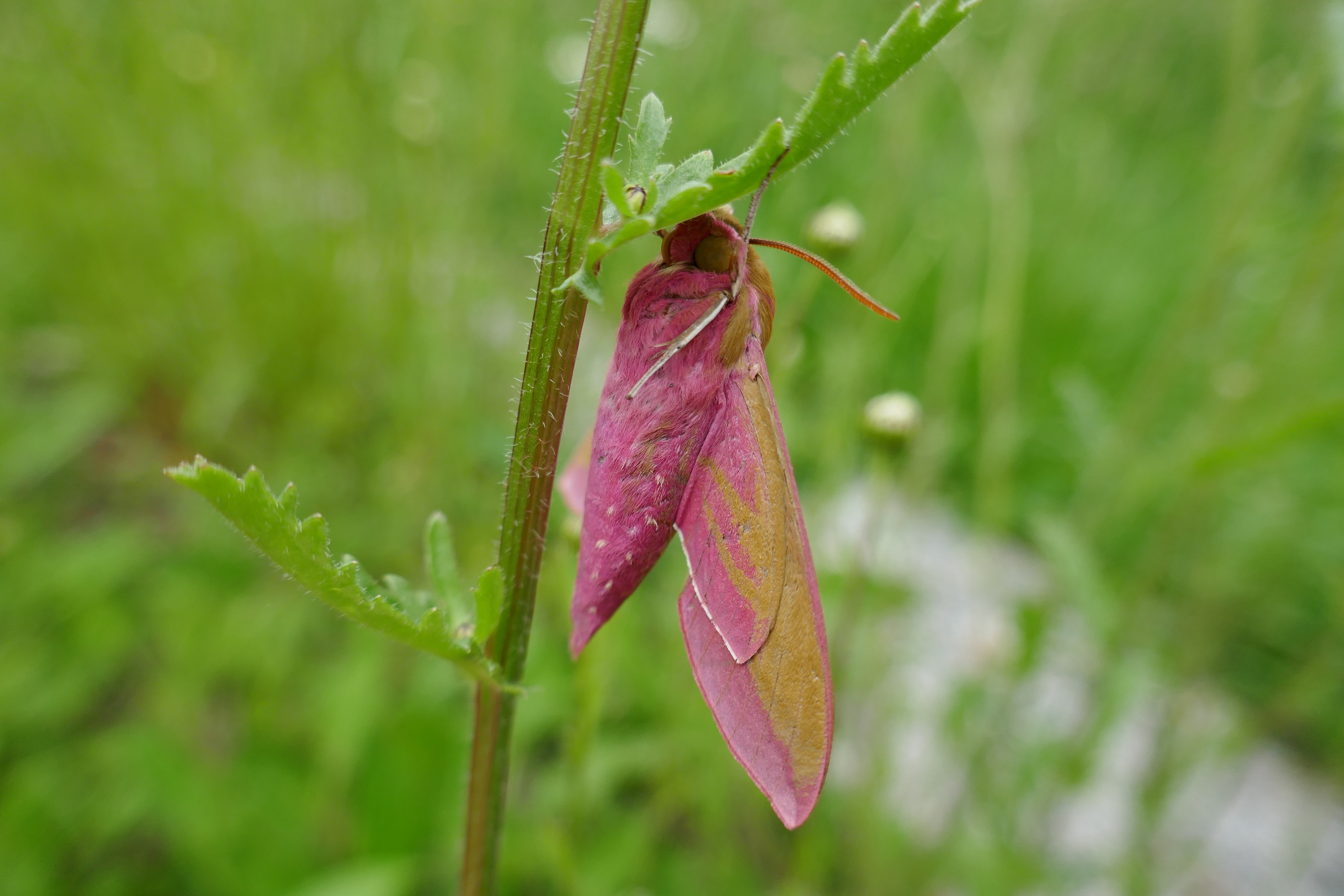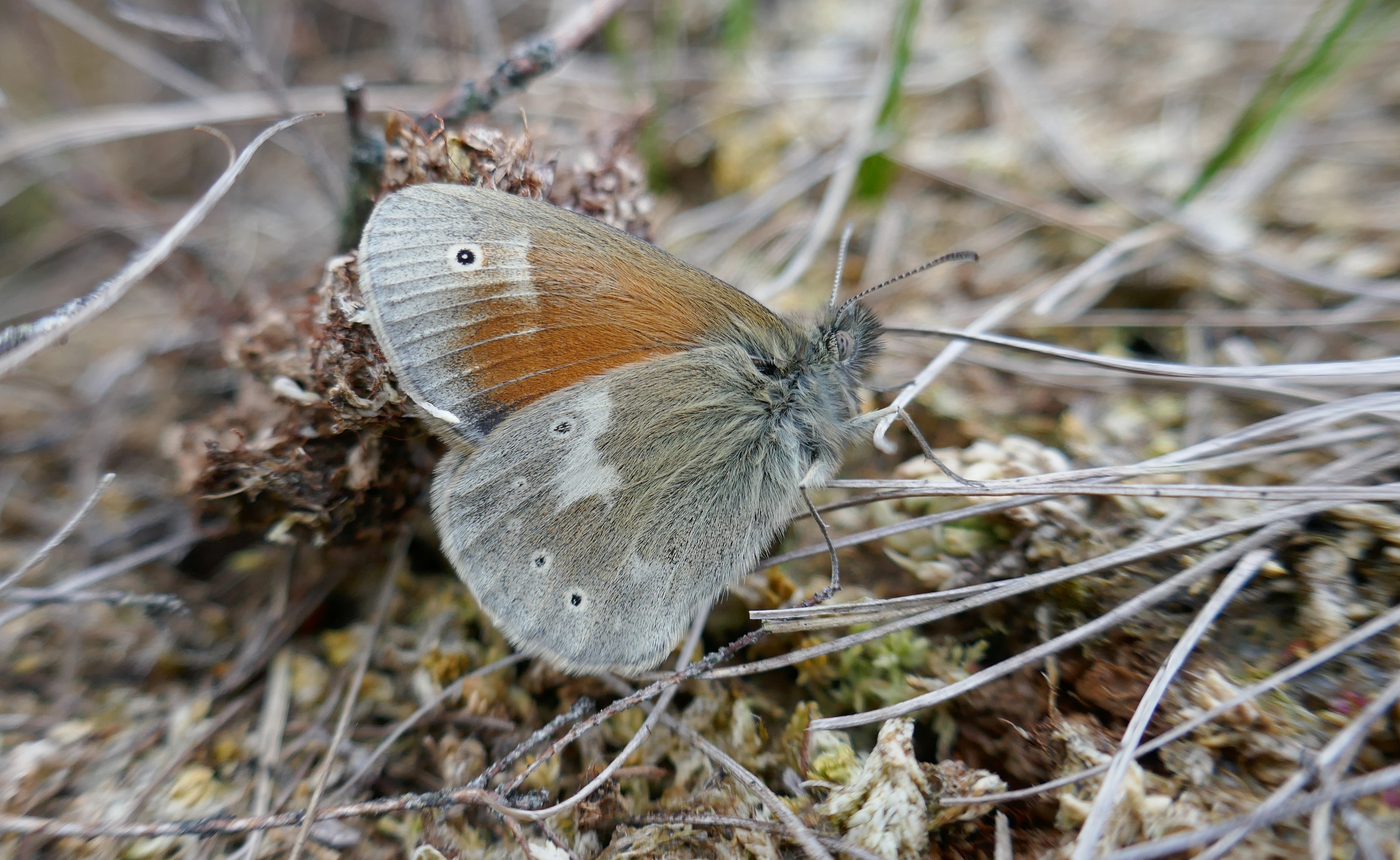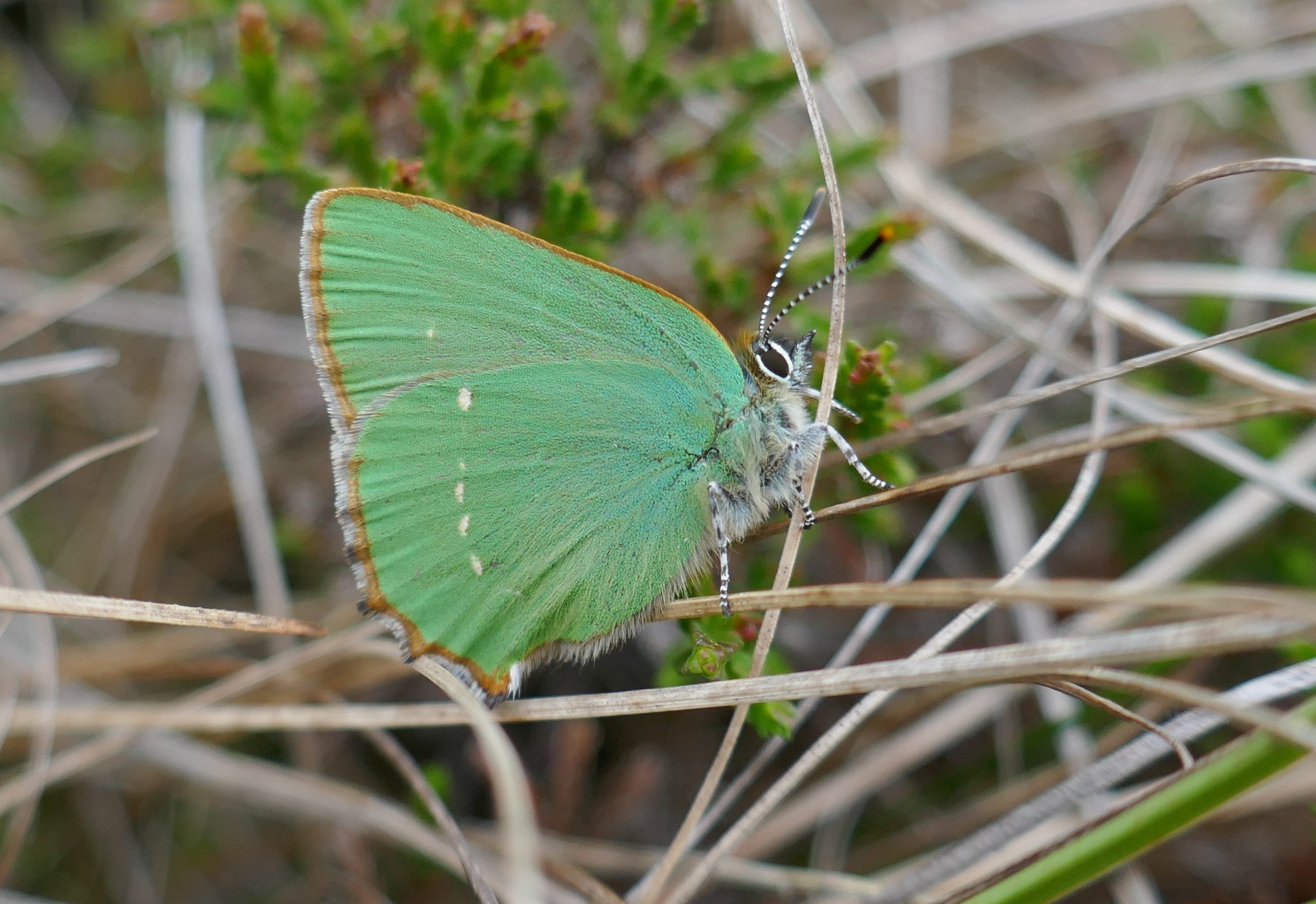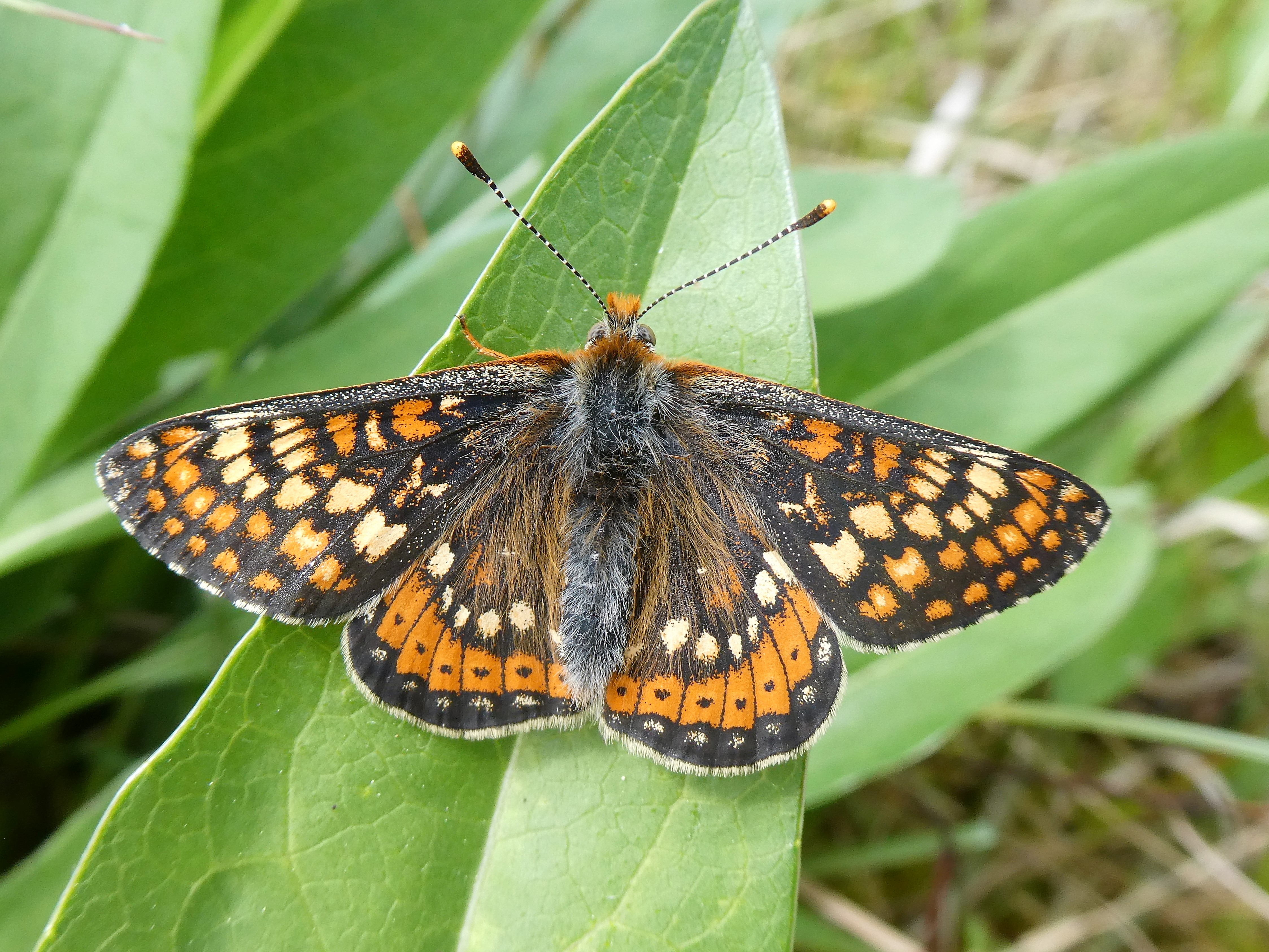Kildare Conservation Groups announce a major drive for a new 7,000-hectare National Peatlands Park in Kildare and Offaly.
• Proposed Bog of Allen project offers potential for job creation, eco-tourism, and opportunities in research, science, conservation, and archaeology.
• The core aims of the group are to reverse biodiversity loss, save valuable peatland habitats, create landscape-scale parklands and empower local peatland communities.
• Irish Peatland Conservation Council, Lullymore Heritage and Discovery Park, Umeras Peatlands Park, Wild Kildare, Kildare Bat Group, Butterfly Conservation Ireland, and Birdwatch Ireland are advancing the initiative.
Seven local and national environmental organisations this week presented their proposal for a major new 7,000-hectare National Peatlands Park in Kildare and Offaly, at a meeting with Bord na Móna. The Group presented their proposal to Government and to the Strategic Policy Committees in Kildare County Council. The proposals have received endorsement by the Committees and have been identified for attention in the proposed new County Development Plan for Kildare.
Ireland is currently in a climate and biodiversity emergency.
• Peatlands are the largest store of terrestrial carbon in the world.
• Globally only 3% of the world’s landmass is peatlands. In Ireland, it is 20%.
• Peatlands store over three times as much carbon as rain forests.
• We also know that the world’s peatlands, while only covering 3% of the Earth’s landmass, contain twice the sequestered carbon of all the world’s forests combined.
• In Ireland 75% of our terrestrial carbon is stored in peatlands.
Jesmond Harding, spokesperson for the Peatlands National Park Group said:
“What we have in Ireland is unique and is the envy of the scientific world. The cessation of peat extraction in Ireland presents a once-in-a-lifetime opportunity to save and preserve what we can and to create new wetland and heathland habitats across our central plains. The restoration and rehabilitation of this landscape will support Ireland’s work towards our net-zero emissions by 2050. It will create space for the biodiversity, amenity space for people and eco-tourism potential.”
The Irish Peatlands Conservation Council, Lullymore Heritage and Discovery Park, Umeras Peatlands Park, Wild Kildare, Kildare Bat Group, Butterfly Conservation Ireland, and Birdwatch Ireland have come together to drive a proposal for a new National Peatlands Park on a landscape scale in the Bog of Allen centred in County Kildare. The proposed study area is over 7,000 hectares. The objective is to rewild and restore the cutaway peatlands following the cessation of industrial-scale peat extraction, creating a National Park similar in ambition to world-famous parks such as The Peak District, The Lake District, and the Broads National Park in the UK. These national parks generate billions in revenue for the UK economy and create tens of thousands of jobs in their vicinity.
The National Peatlands Park Group says this initiative will benefit communities, the environment, and the economy. The Group is particularly concerned about the animal populations under pressure in our local area. The Curlew is a species that has seen a 98% decline in population since the 1980’s. One of Europe’s legally protected butterflies, the Marsh Fritillary, and the iconic raised bog specialist, the Large Heath Butterfly, are facing extinction in many areas.
Jesmond Harding added: “The Bog of Allen is unique in terms of scale and holds the potential for a true wilderness experience. The variety, beauty and number of species in this area is unique in Ireland and not only should it be protected, but it should also be available for us all to experience and enjoy. The designation of National Park Status for this Peatlands region will deliver multiple benefits. It will protect and greatly increase biodiversity, mitigate climate change, enhance the social and economic life of midland communities and act as a catalyst for a growing sustainable tourism industry.”
The proposed National Peatlands Park would be located on Bord Na Mona cutaway bogs in Kildare and Offaly and would complement the great work in rehabilitation that Bord na Móna are currently engaged in under their Peatlands Climate Action Strategy.
-ENDS-
For further information please contact the spokesperson for The Peatlands National Park group, Jesmond Harding at conservation.butterfly@gmail.com
Notes to the editor:
About Irish Peatland Conservation Council
The Irish Peatland Conservation Council (IPCC) mission is to protect a representative sample of the peatlands of Ireland for people to enjoy today and in the future. The IPCC is a registered charity (Revenue Number CHY6829 and Charities Regulator Number 20013547) and a non-governmental organisation. The Council’s work includes purchasing and protecting peatland nature reserves for wildlife and habitat conservation, maintaining a database of 1150 peatland sites of conservation importance in Ireland, developing a Strategy for the Conservation of Peatlands in Ireland, providing resources and training for teachers and education groups, promoting environmental awareness and publicity, conducting research into the restoration of man-modified peatlands, fostering a positive attitude towards peatlands, encouraging lifestyles in harmony with the environment and fundraising.
About Butterfly Conservation Ireland
Butterfly Conservation Ireland (BCI) is a volunteer-run non-governmental conservation charity (Revenue Number 18161, Charities Regulator Number 20069131) founded in 2008 in response to the declines of our butterfly populations. We are dedicated to the conservation of butterfly habitats. We have a reserve in Lullybeg in County Kildare which we run with Bord an Móna where conservation is applied to protect the excellent habitats so that the extraordinary butterfly and moth populations continue to thrive. We manage a reserve in the Burren in conjunction with the Burren Conservation Volunteers to protect Ireland’s rarest butterflies. Butterfly Conservation Ireland runs a recording scheme with the National Biodiversity Data Centre in a joint initiative. Butterfly Conservation Ireland holds events to showcase butterfly conservation and we provide regular educational content on our website and in our Annual Report. Butterfly Conservation Ireland advises on the conservation of butterfly habitats and advocates to urge the protection and correct management of our landscapes.
About Birdwatch Ireland
Birdwatch Ireland is a science-based conservation charity and the largest independent conservation organisation in Ireland. The primary objective of BirdWatch Ireland is the protection of wild birds and their habitats in Ireland. Birdwatch Ireland has 15,000 members, 2,000 active volunteers, 30 local branches across the nation, 450 events free to the public every year, and 116 partners across the globe in BirdLife International
About Lullymore Heritage and Discovery Park
Lullymore Heritage and Discovery Park is a social enterprise day visitor attraction offering over 60 acres of serene woodland and peatland trails, in Ireland’s most famous peatland, the Bog of Allen in West Kildare. The Park is a key resource in the region, providing a range of experiences such as education on peatland biodiversity and history, as well as leisure and play. The facility caters to visitors of all ages, school tours at pre-school, primary, and secondary level, language schools, families, corporate events, and international tour groups. Lullymore Heritage and Discovery Park is a national award-winning enterprise (ITIA Best Environmental Tourism Innovation 2017) and attracts over 50,000 visitors annually.
About Umeras Peatland Park
Umeras bog is approximately 750 acres, comprised of 650 acres of cut-away bog, 40 acres of raised bog, and 60 acres of birch woodland, drains, bog railway, and a works yard located near the Grand Canal between Monasterevin and Rathangan. The objective of local community group Umeras Community Development is to transform Umeras Bog into a peatlands park as a local and tourist amenity. We believe that a Peatlands Park will bring tourists to Monasterevin and Rathangan, which combined with the Blueway and Ballykelly Mills Distillery will rejuvenate the local economy. The Peatlands Park would create direct employment in building and managing the park, and indirectly, by creating demand for cafés, shops, bike hire, accommodation, etc. in Monasterevin and Rathangan.
About Wild Kildare
Wild Kildare is a voluntary group with the aim of promoting, enhancing and protecting the wildlife and biodiversity of Co. Kildare.
About Kildare Bat Group
Kildare Bat Group was launched in 2011, and with the encouragement and support of Bat Conservation Ireland, a Heritage Grant via Kildare County Council, and a committed team of local volunteers, has been going from strength to strength. We are members of Bat Conservation Ireland with a particular interest in Kildare’s bats.
